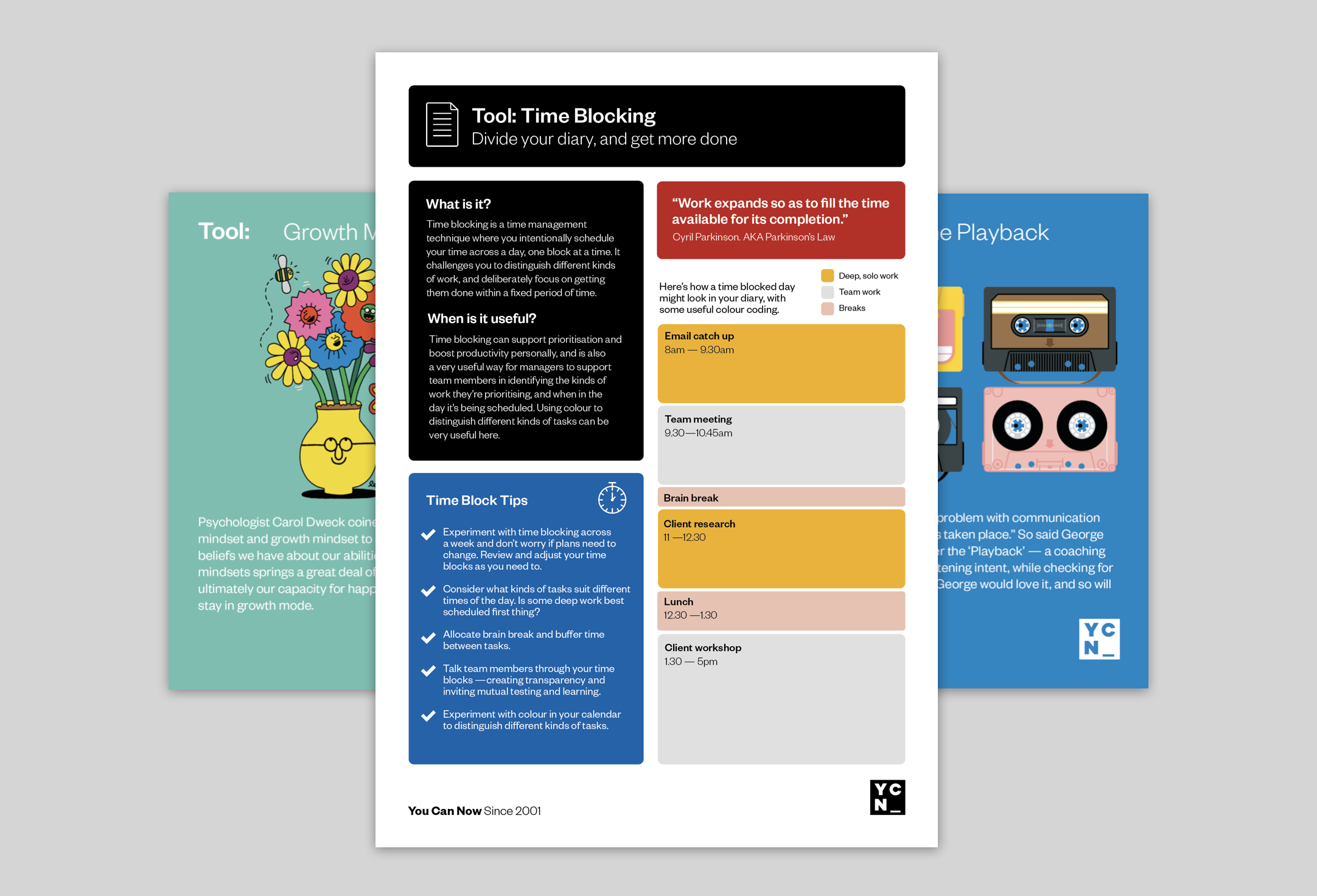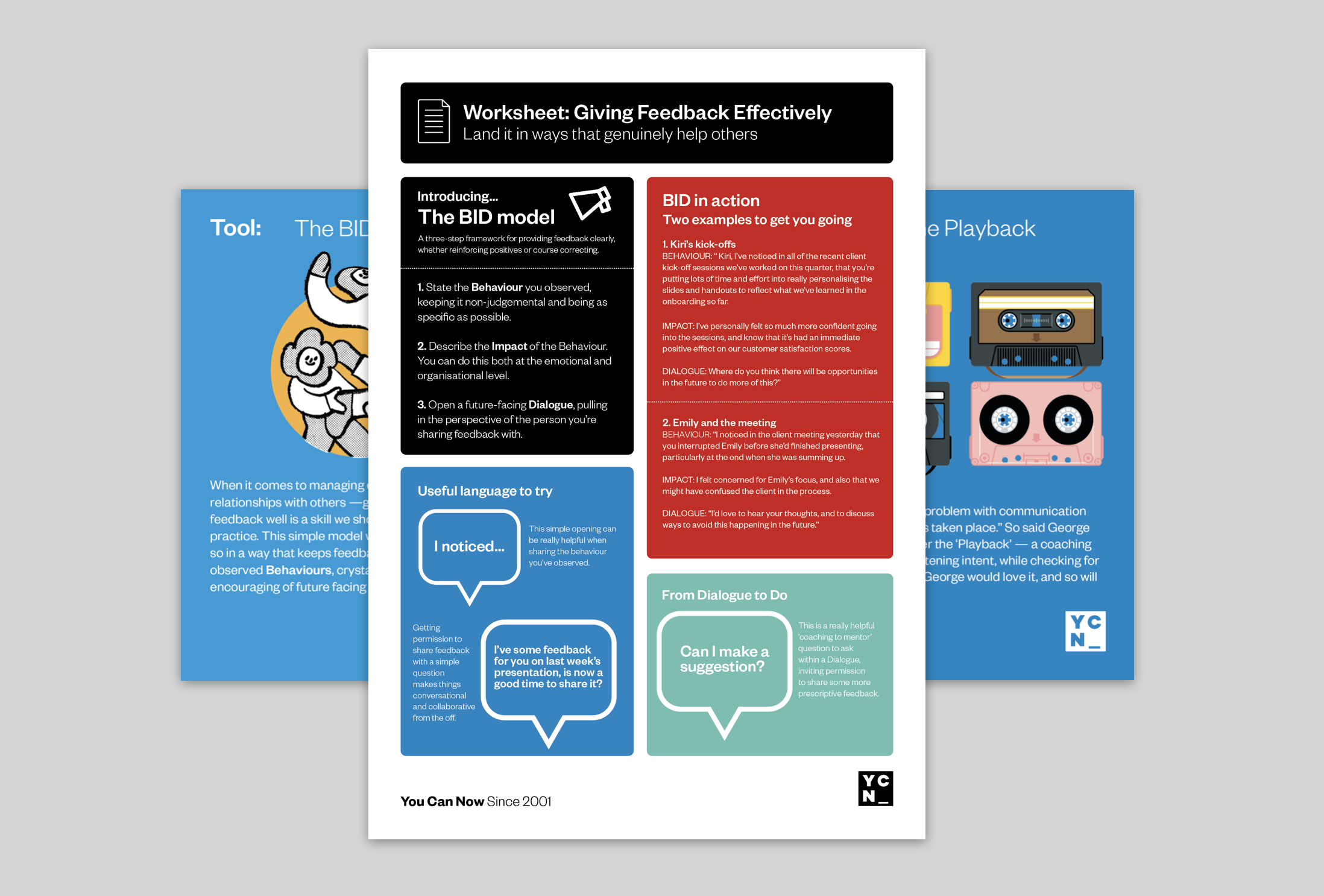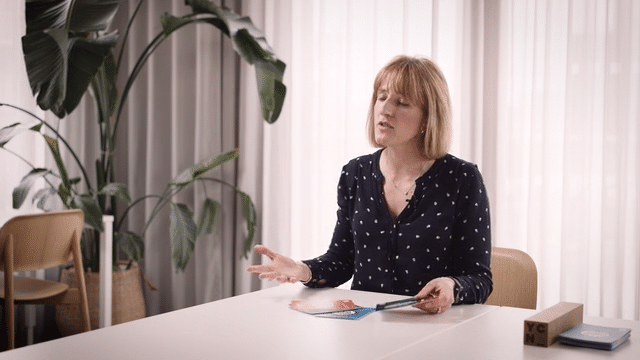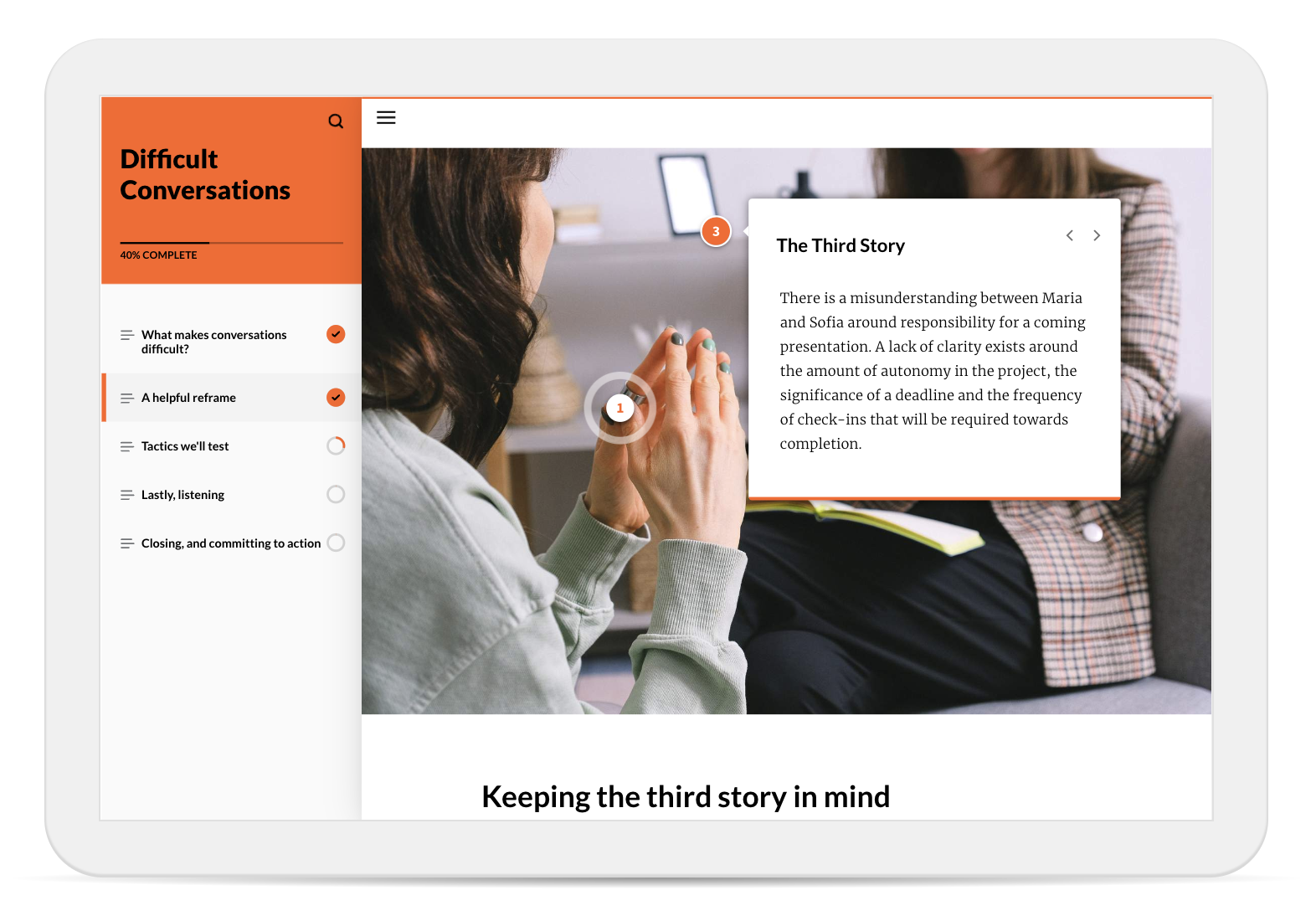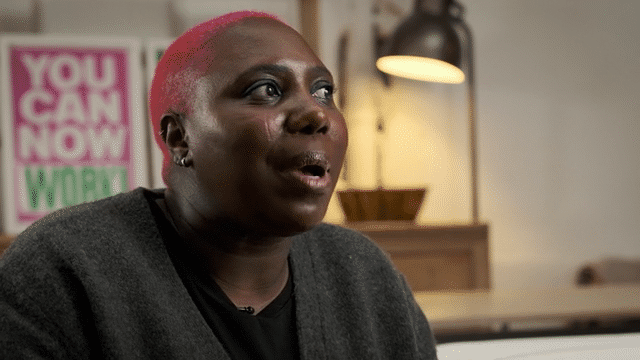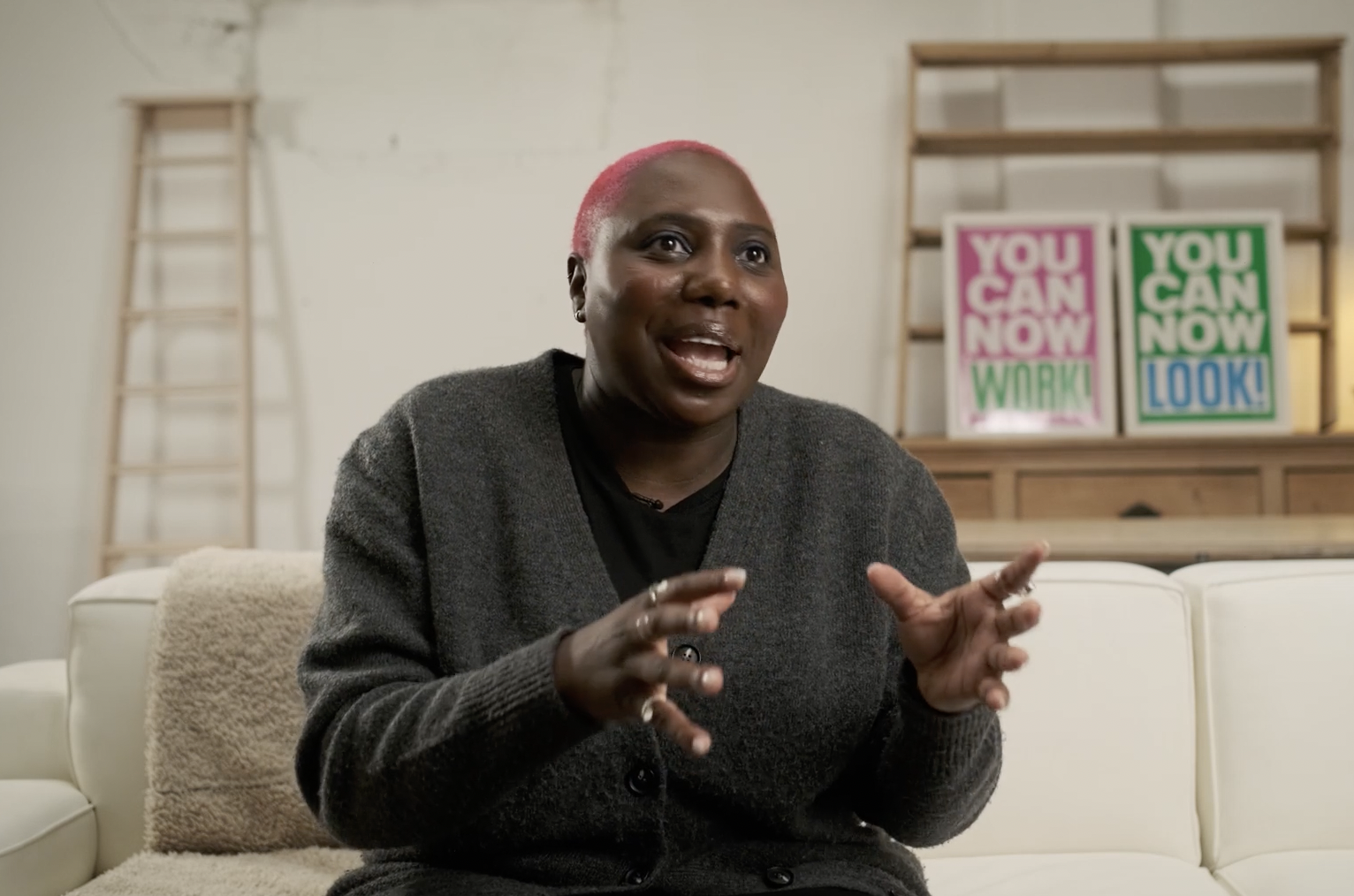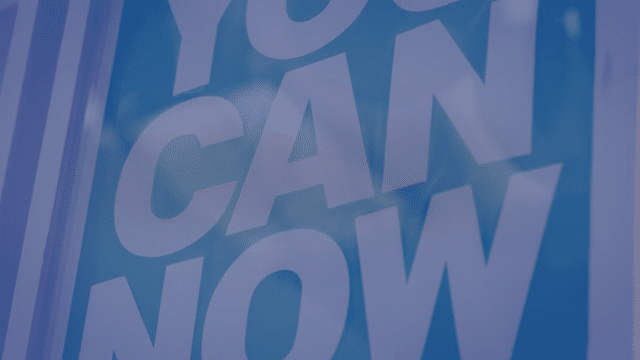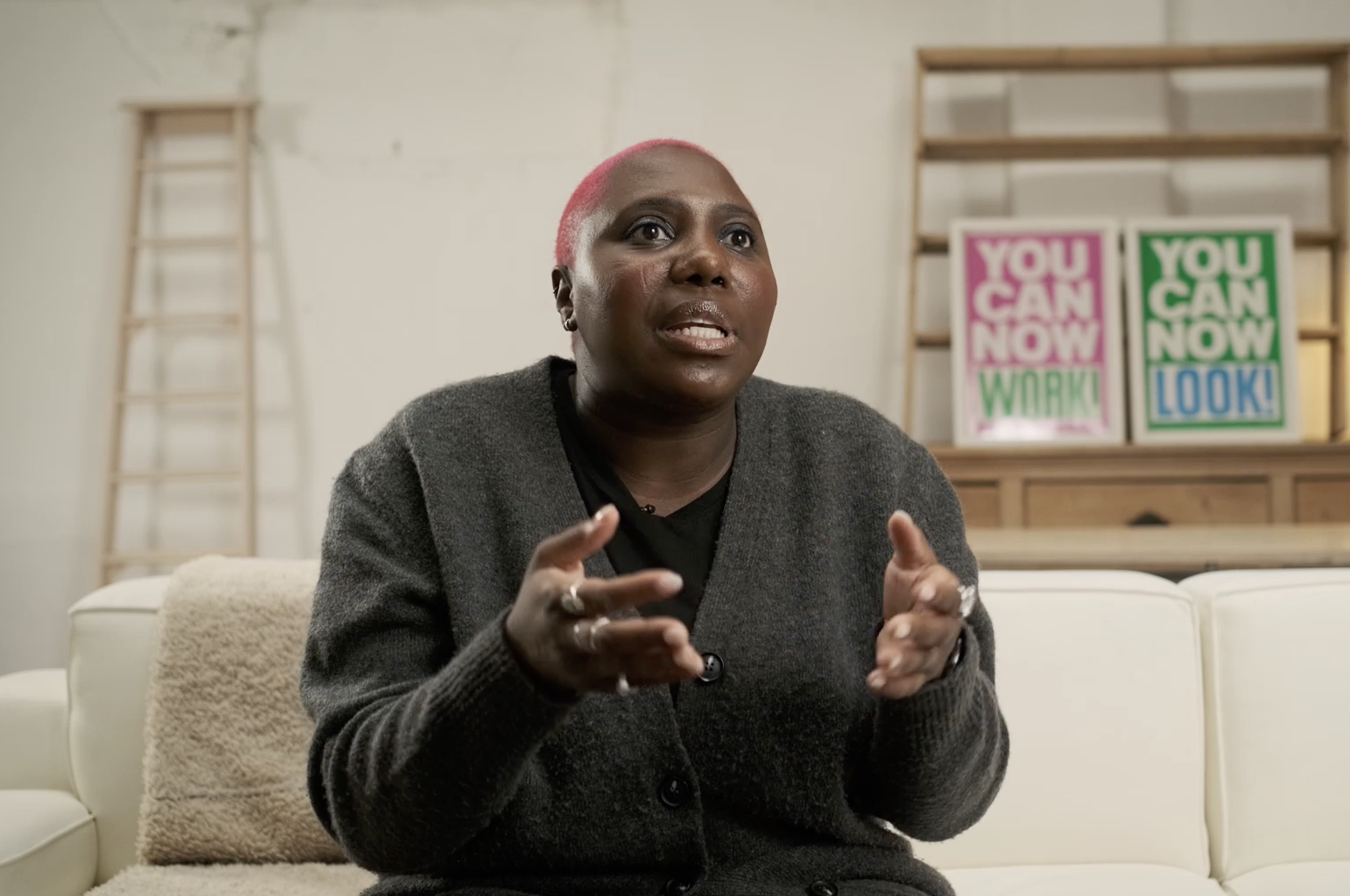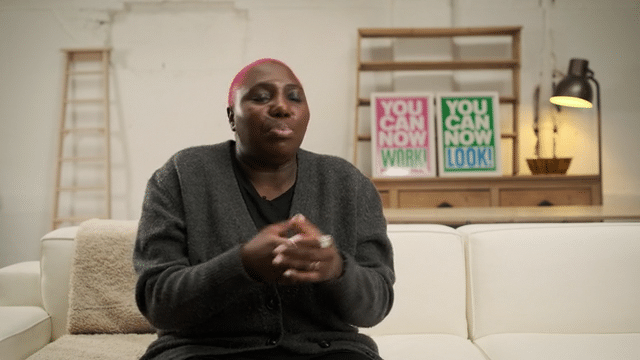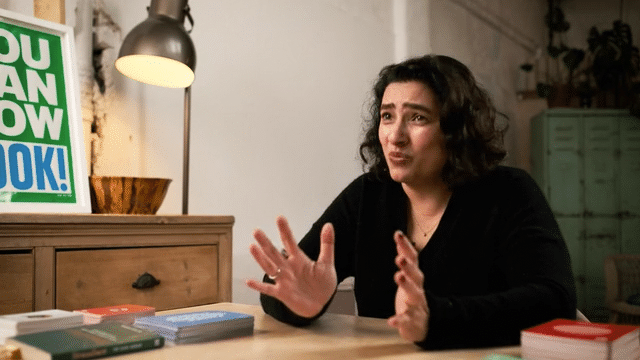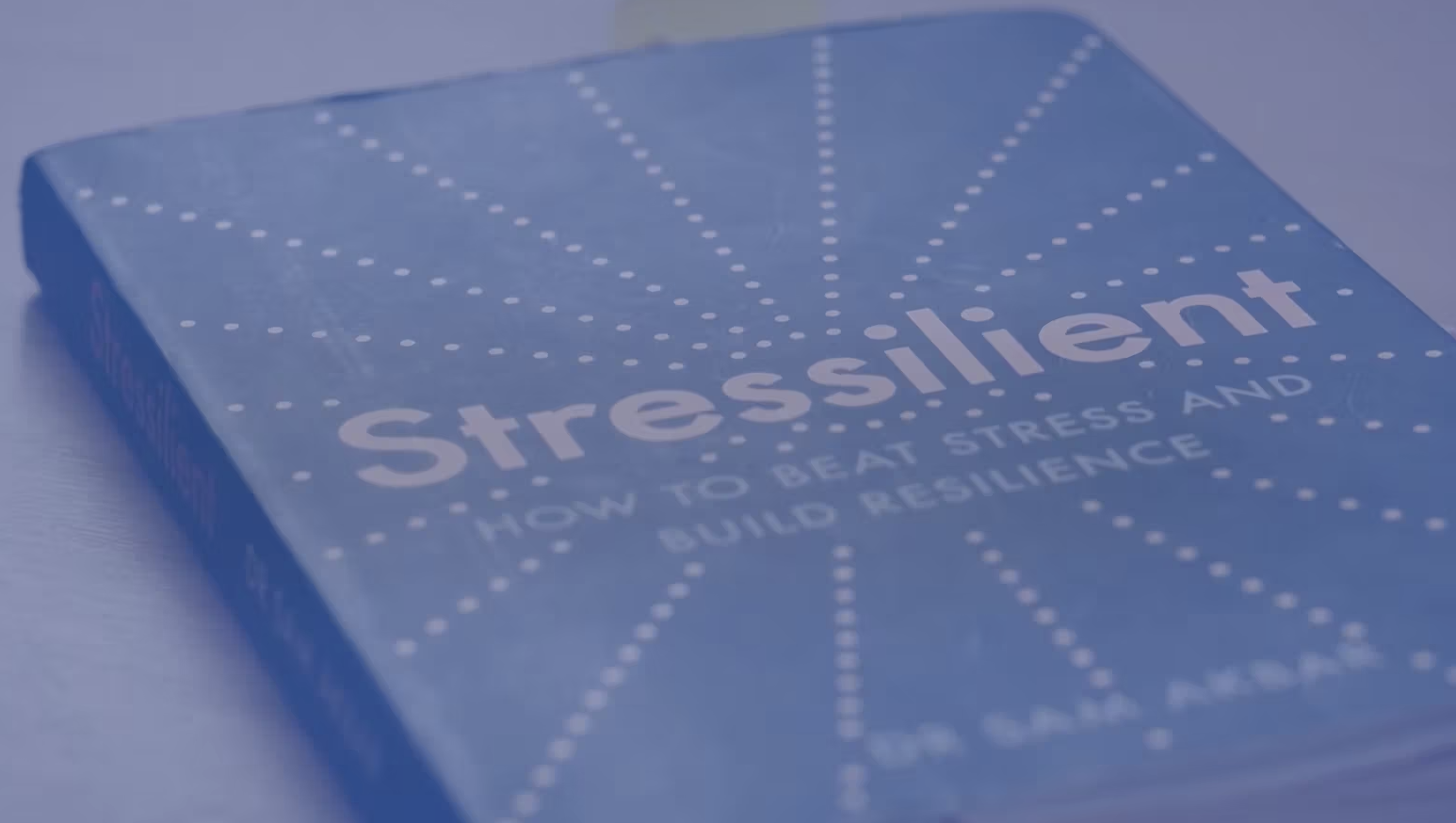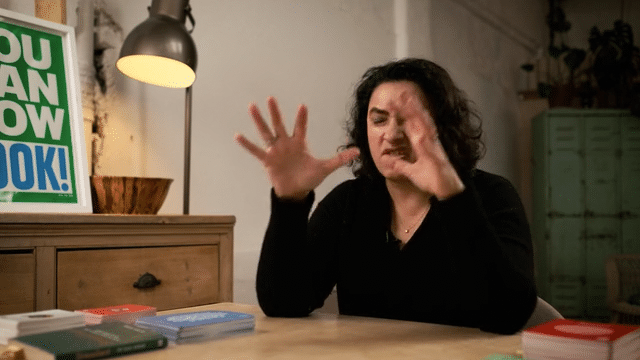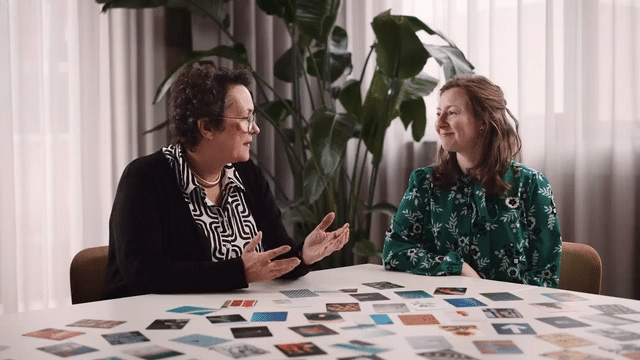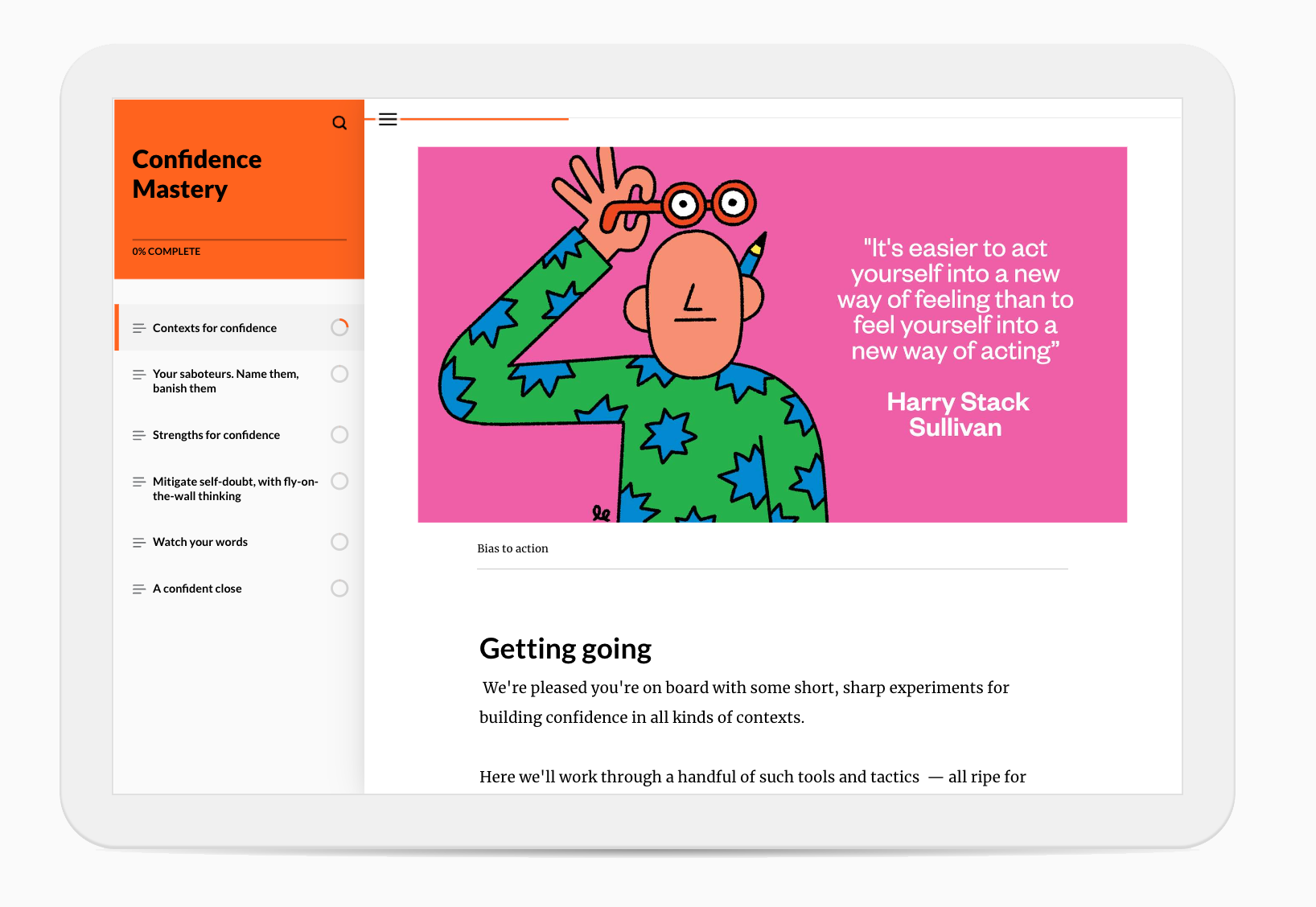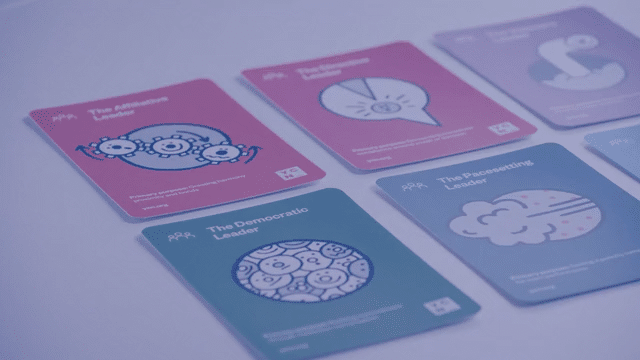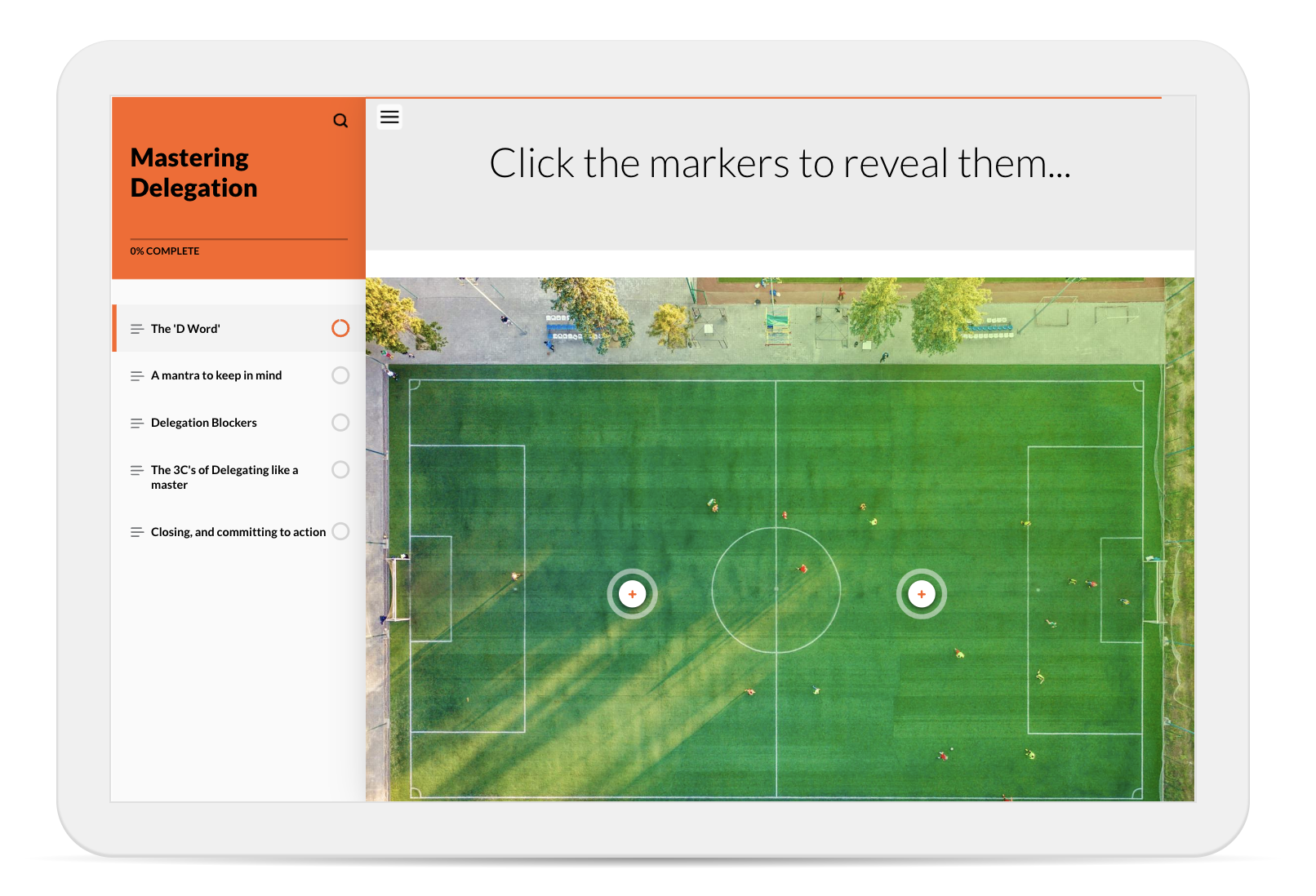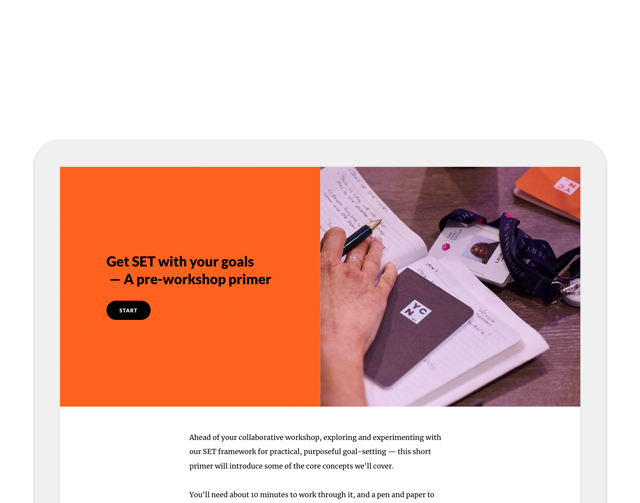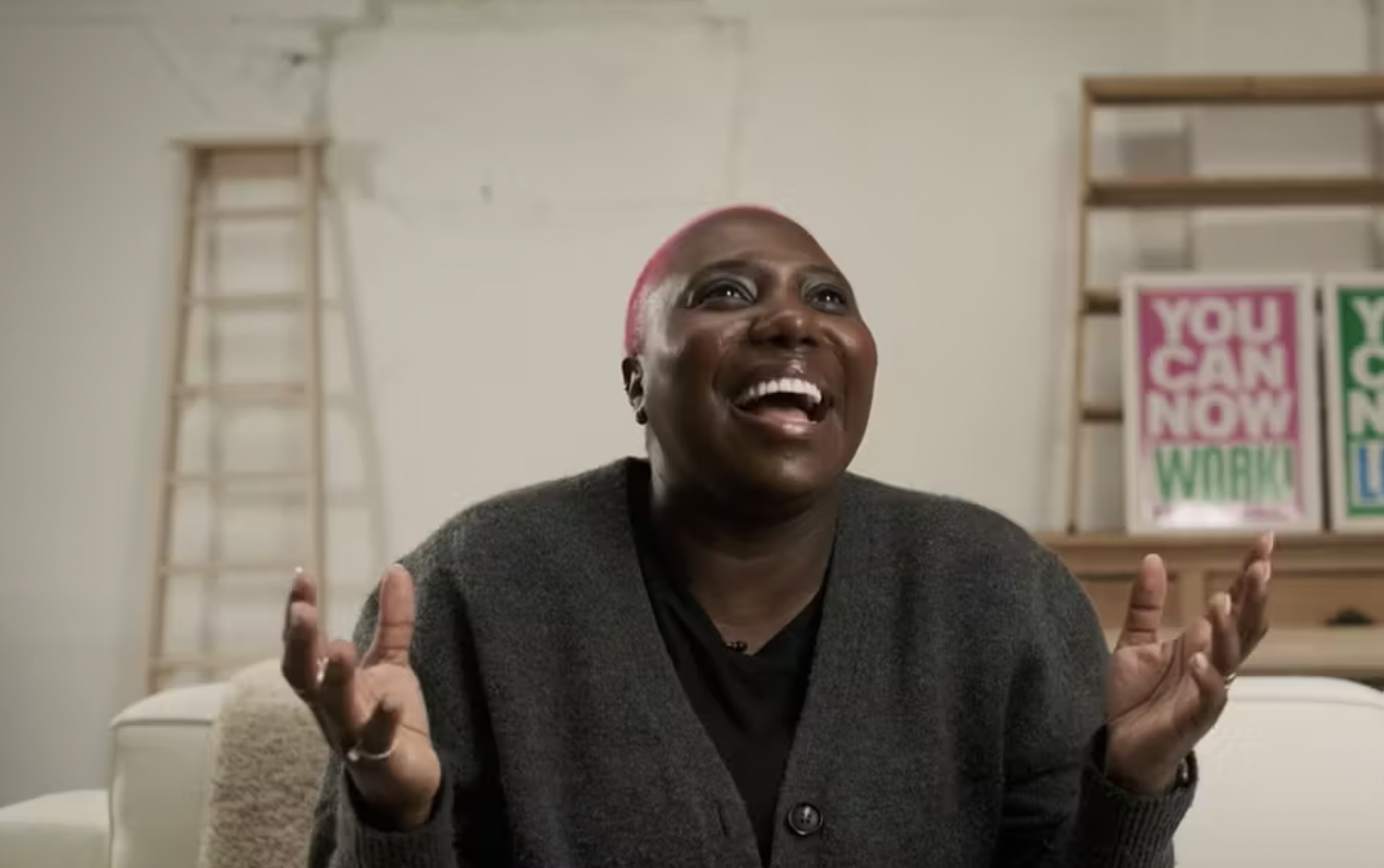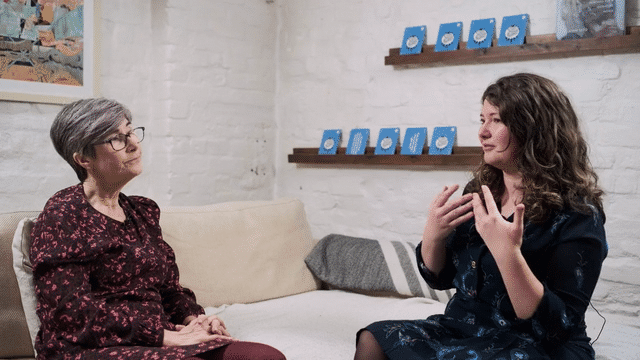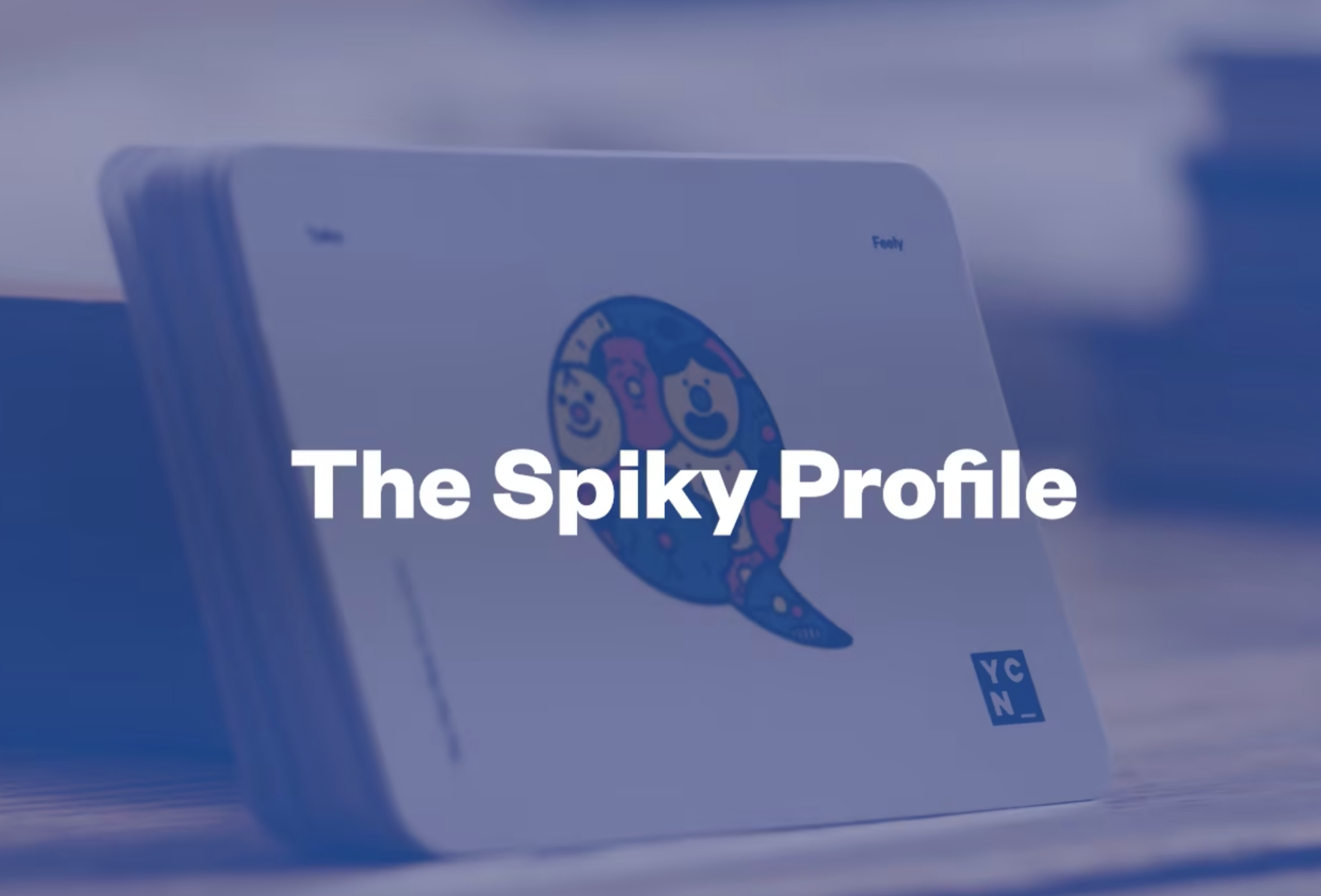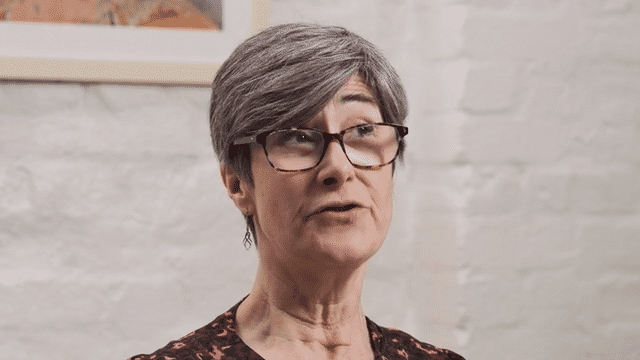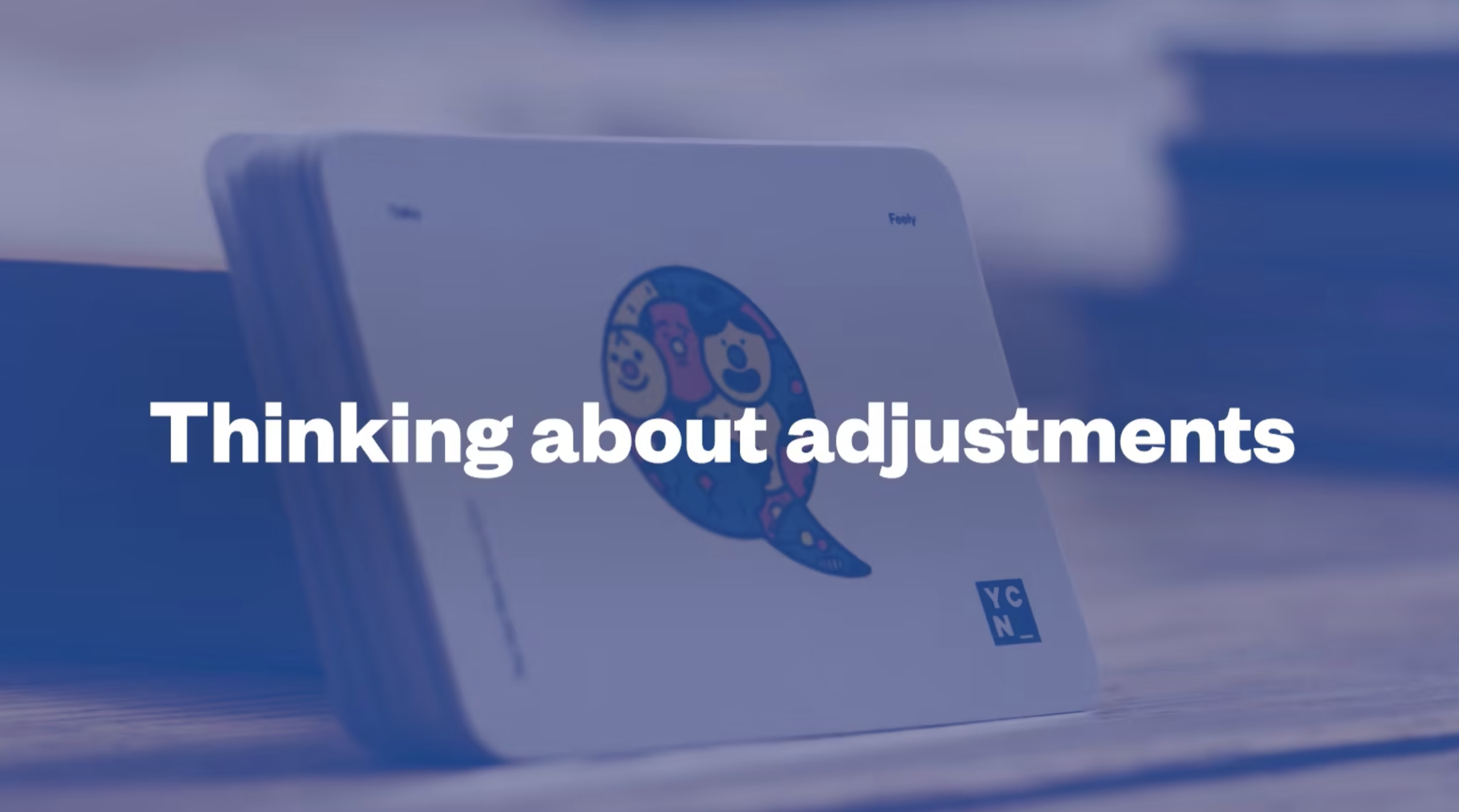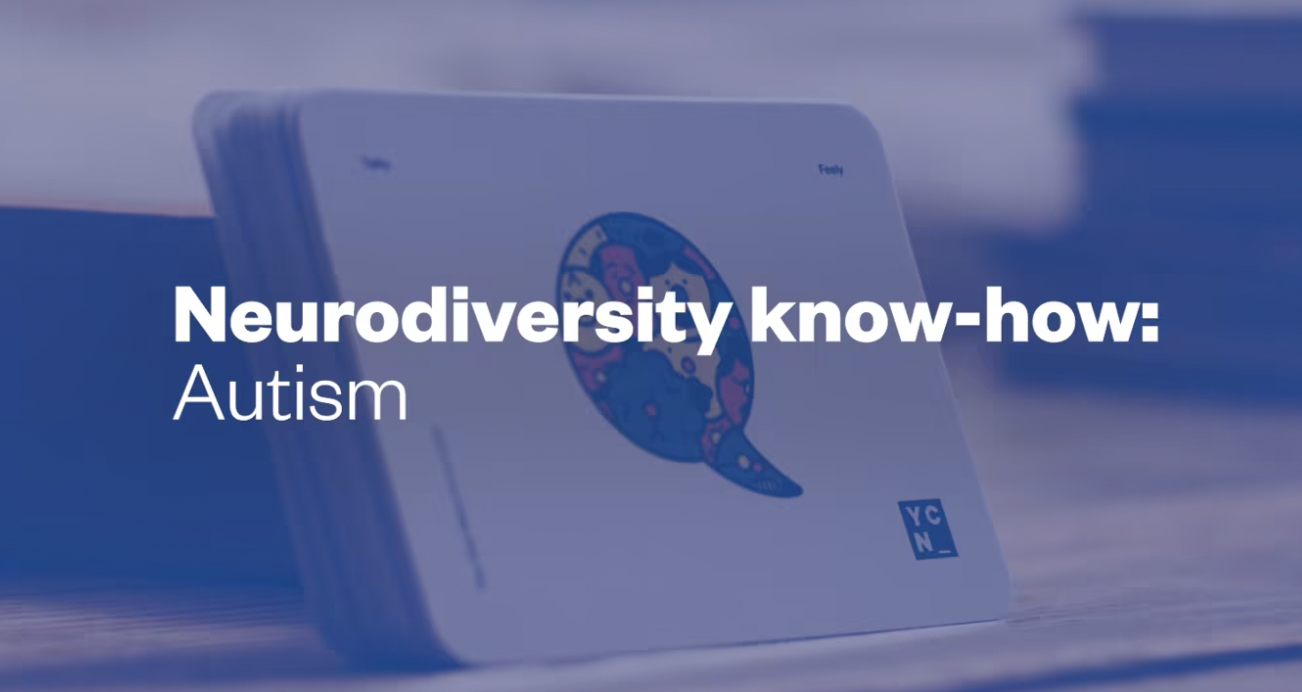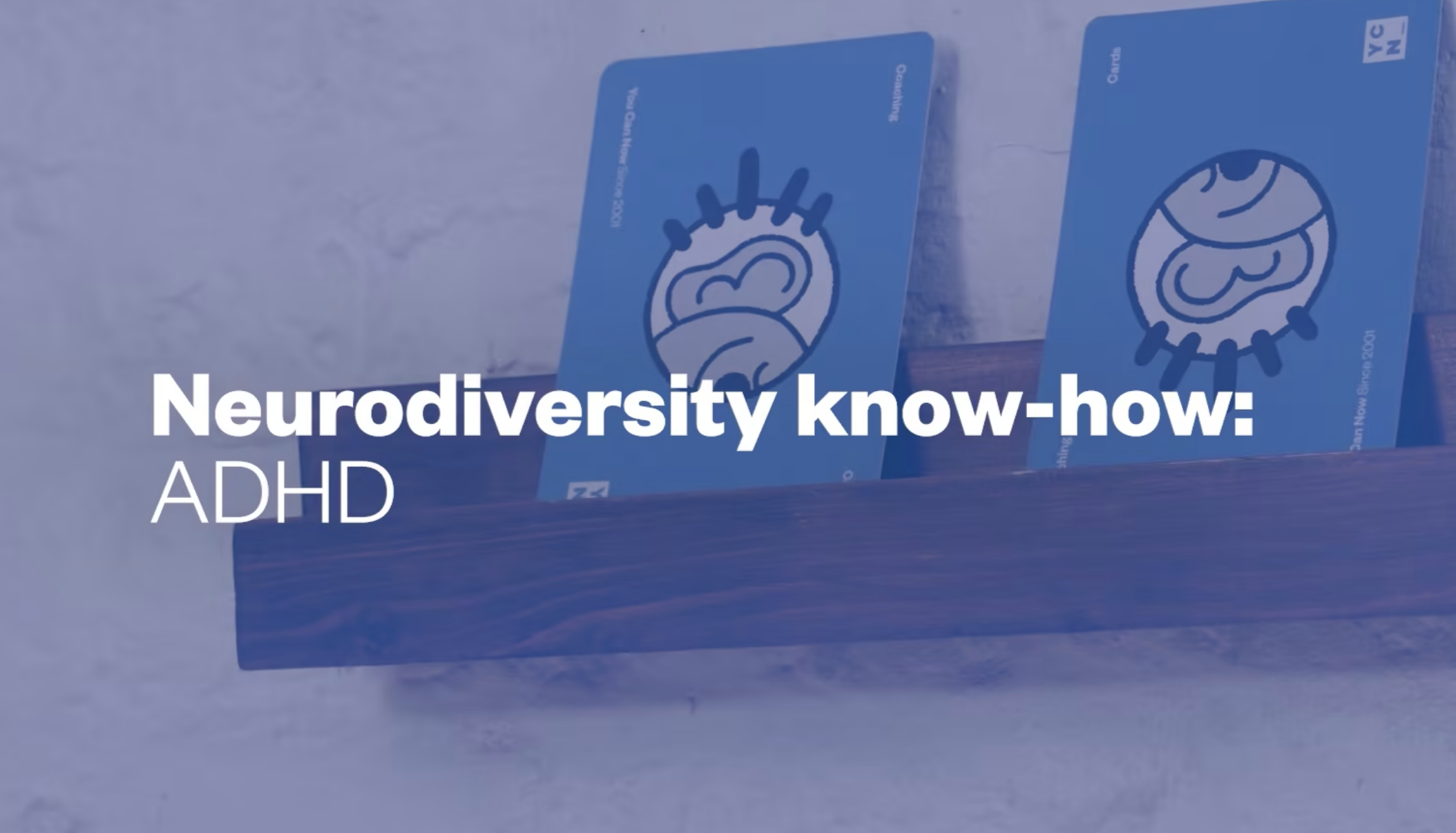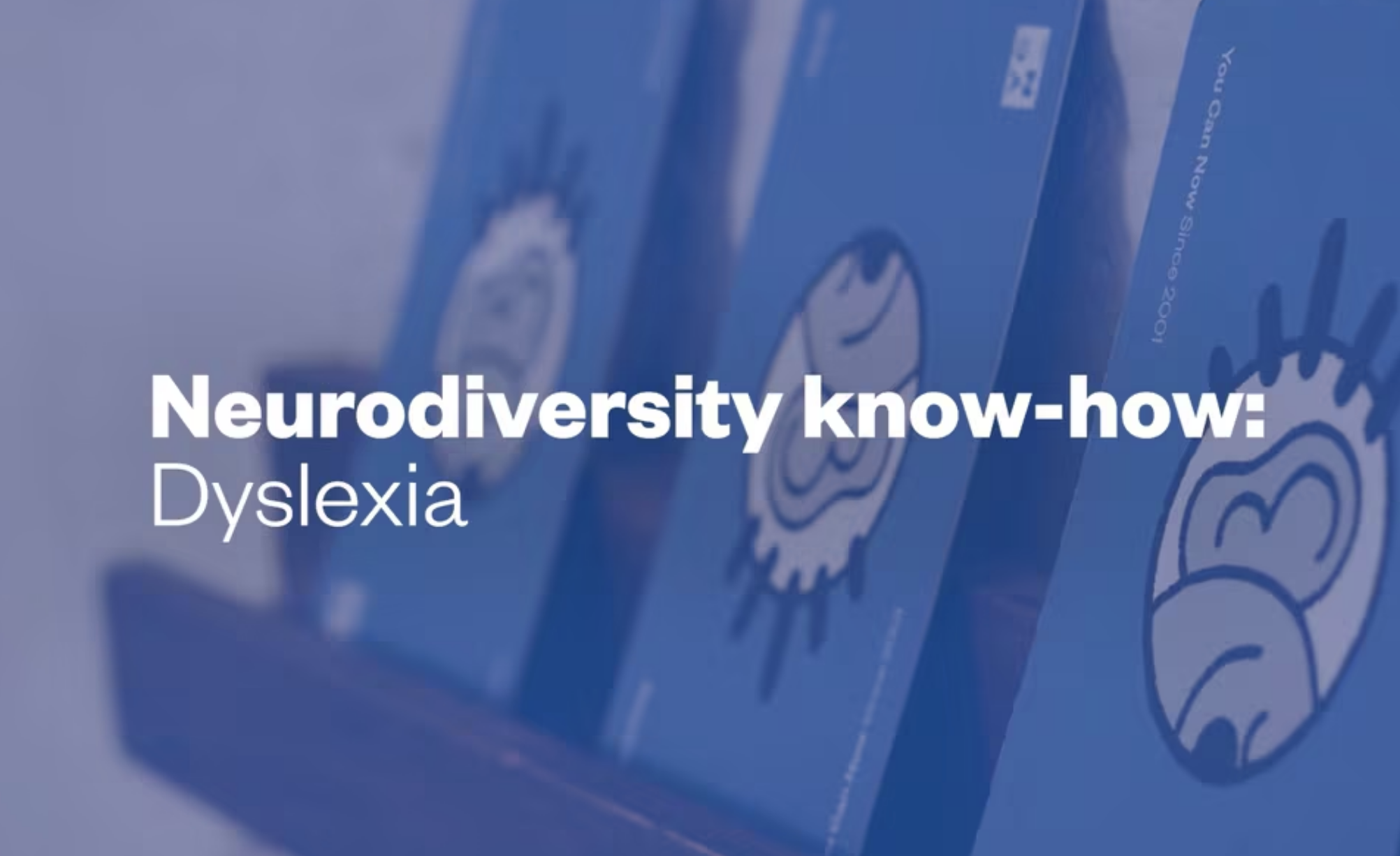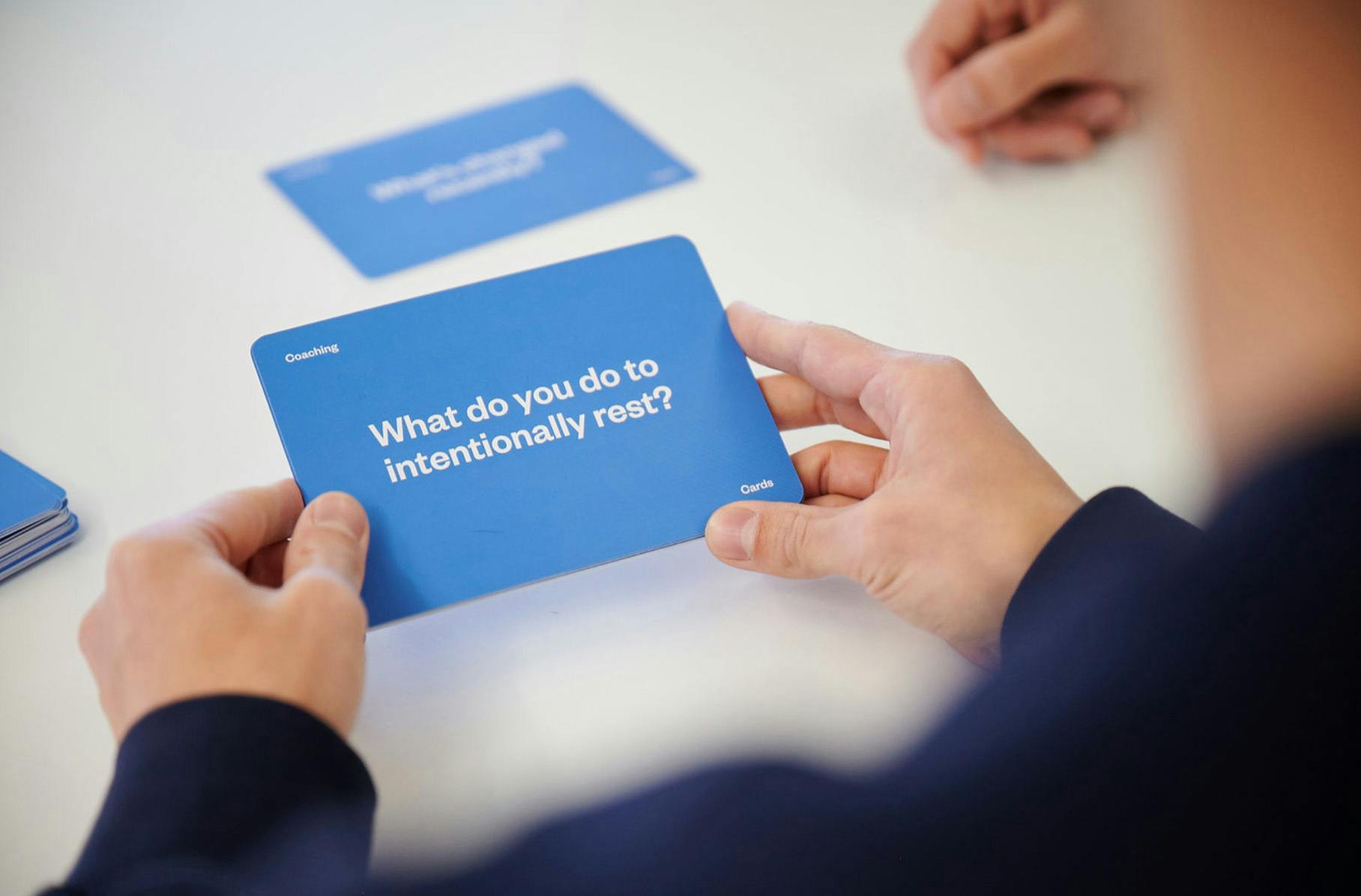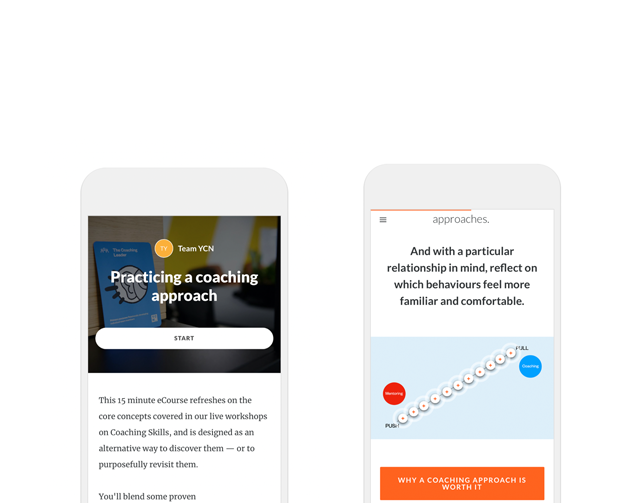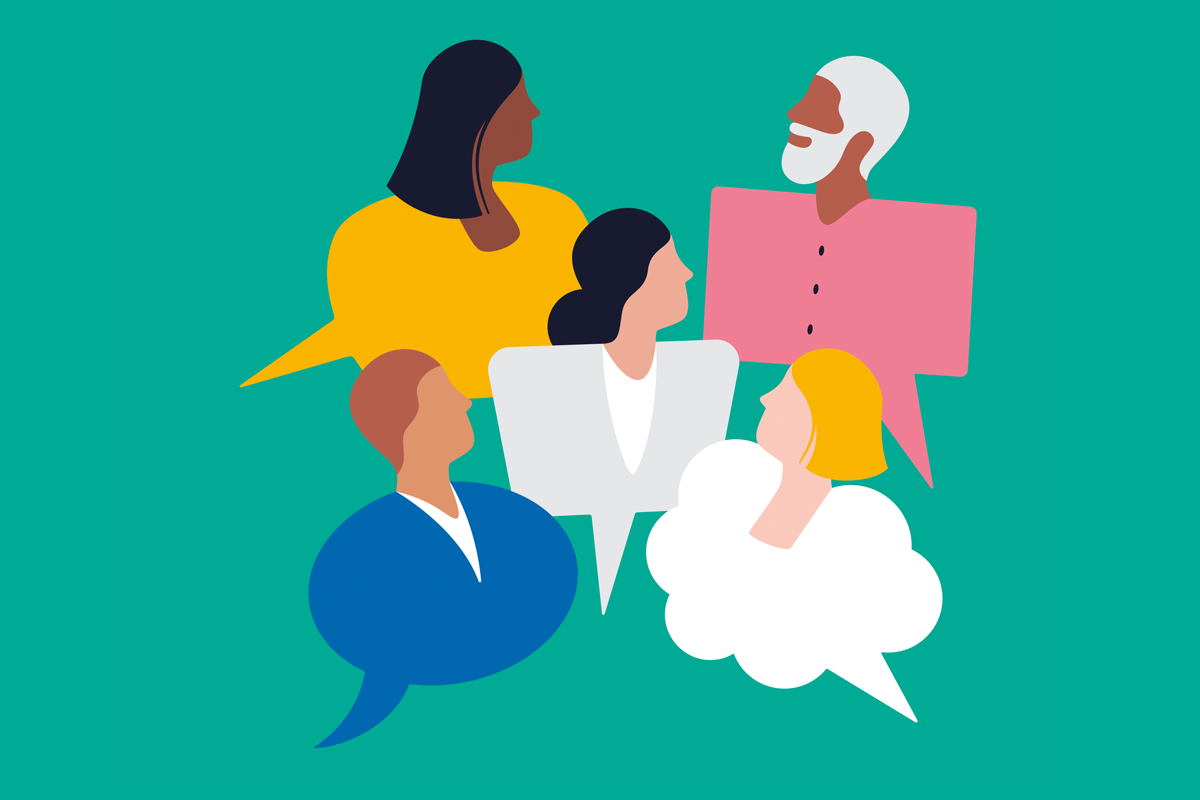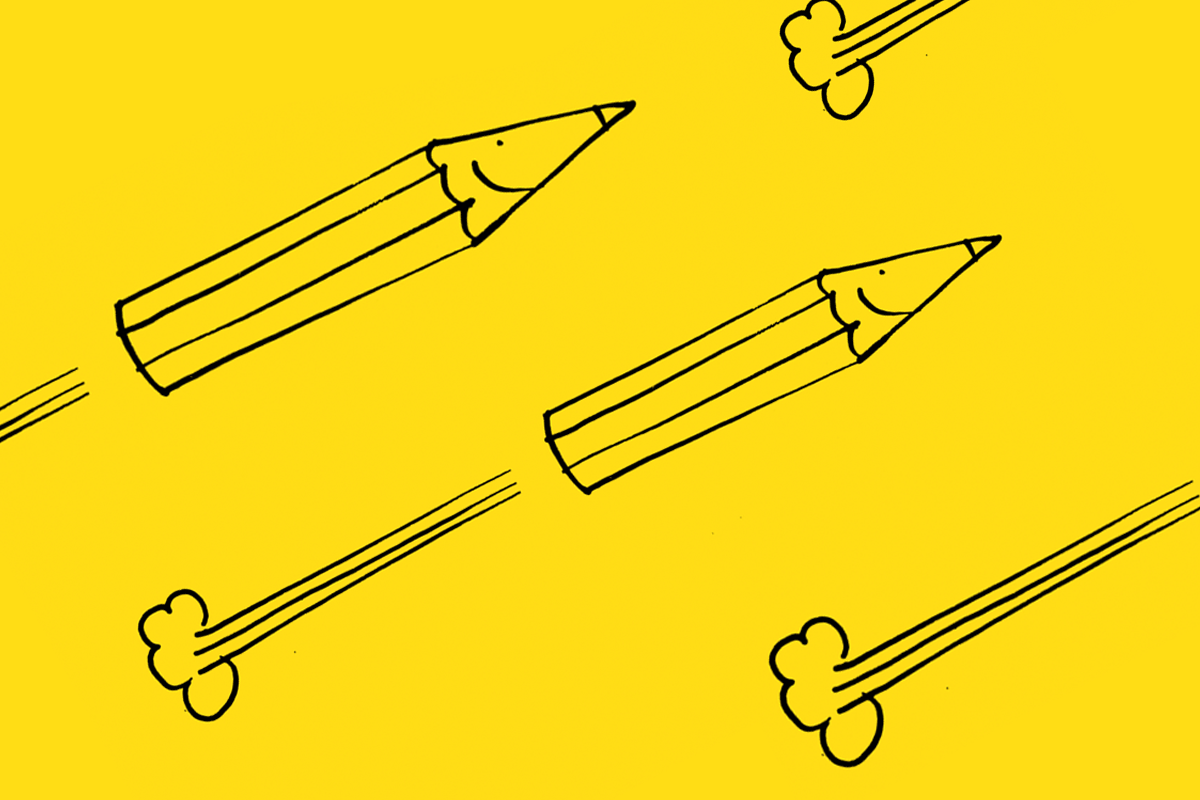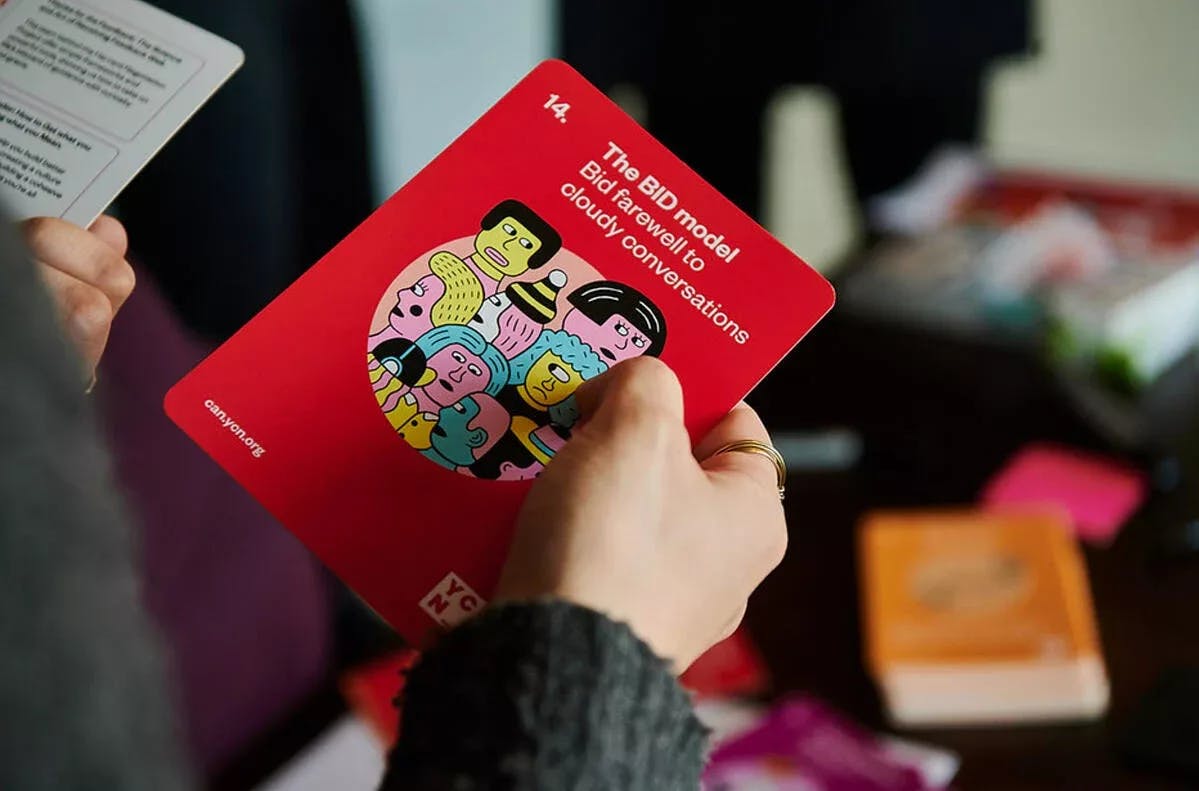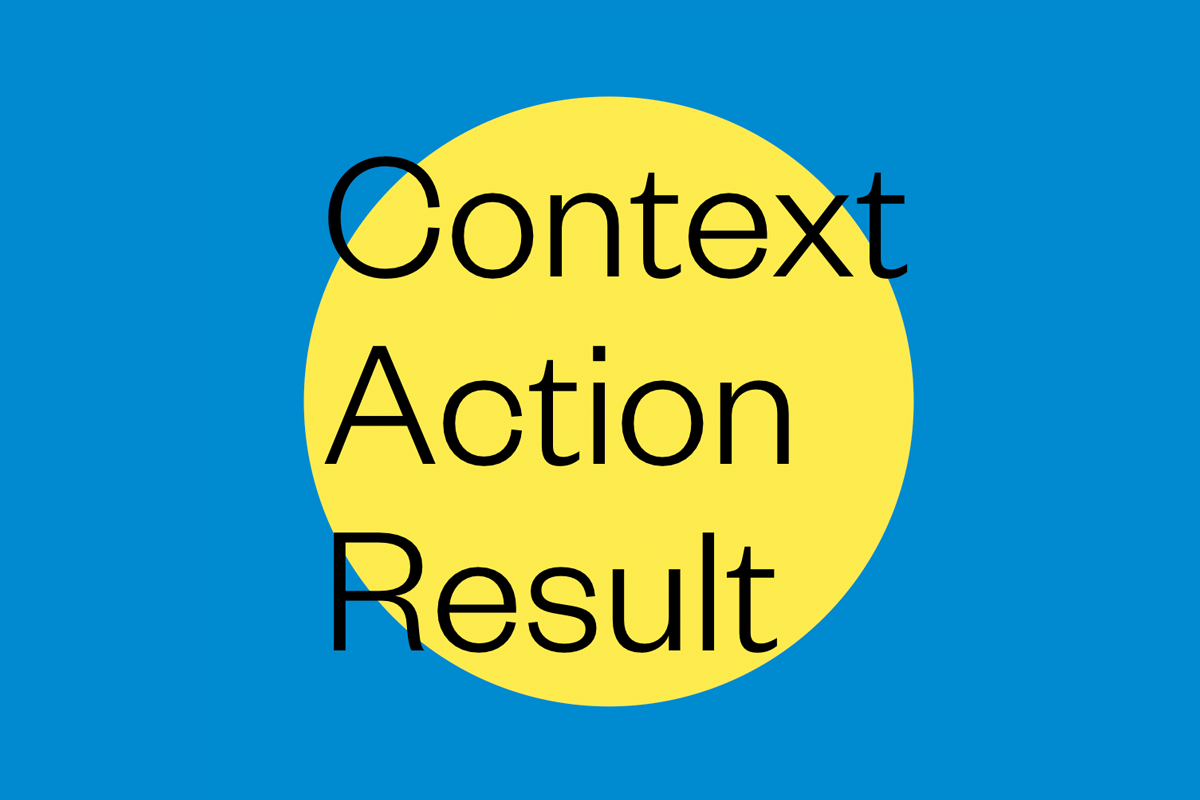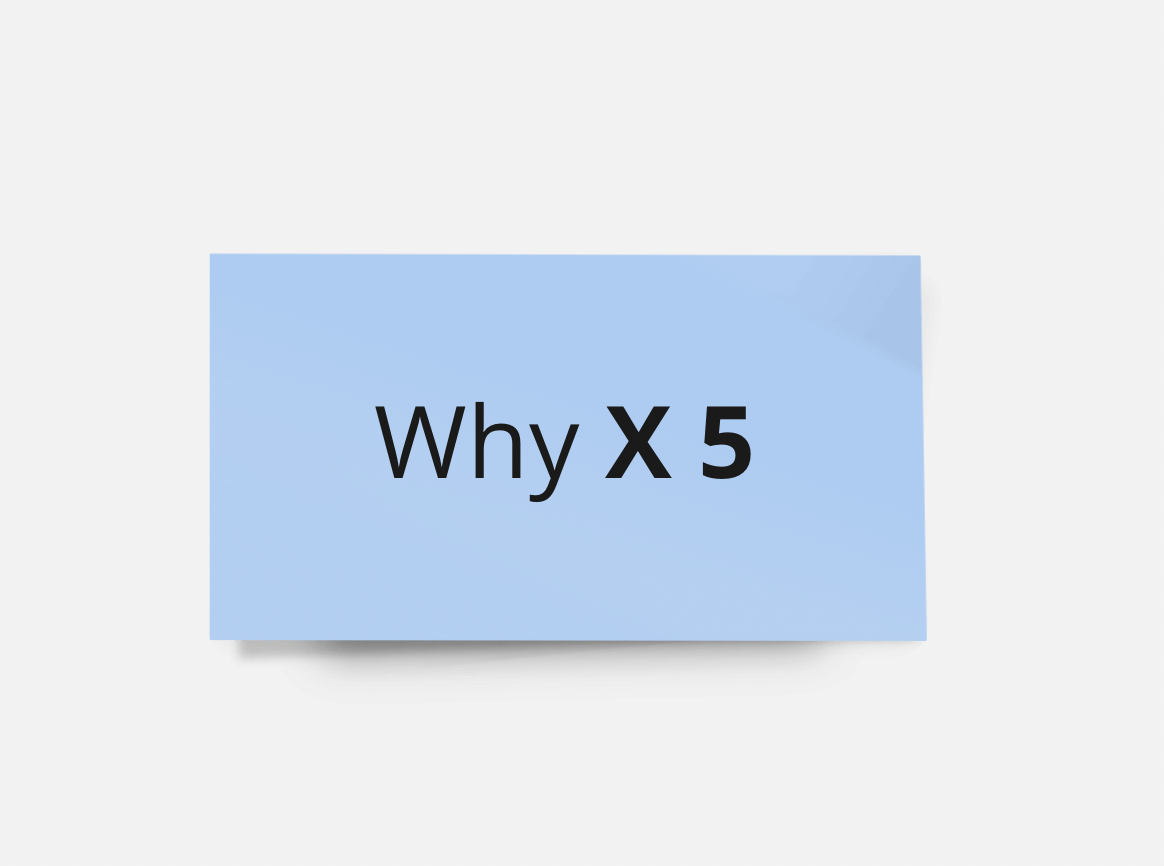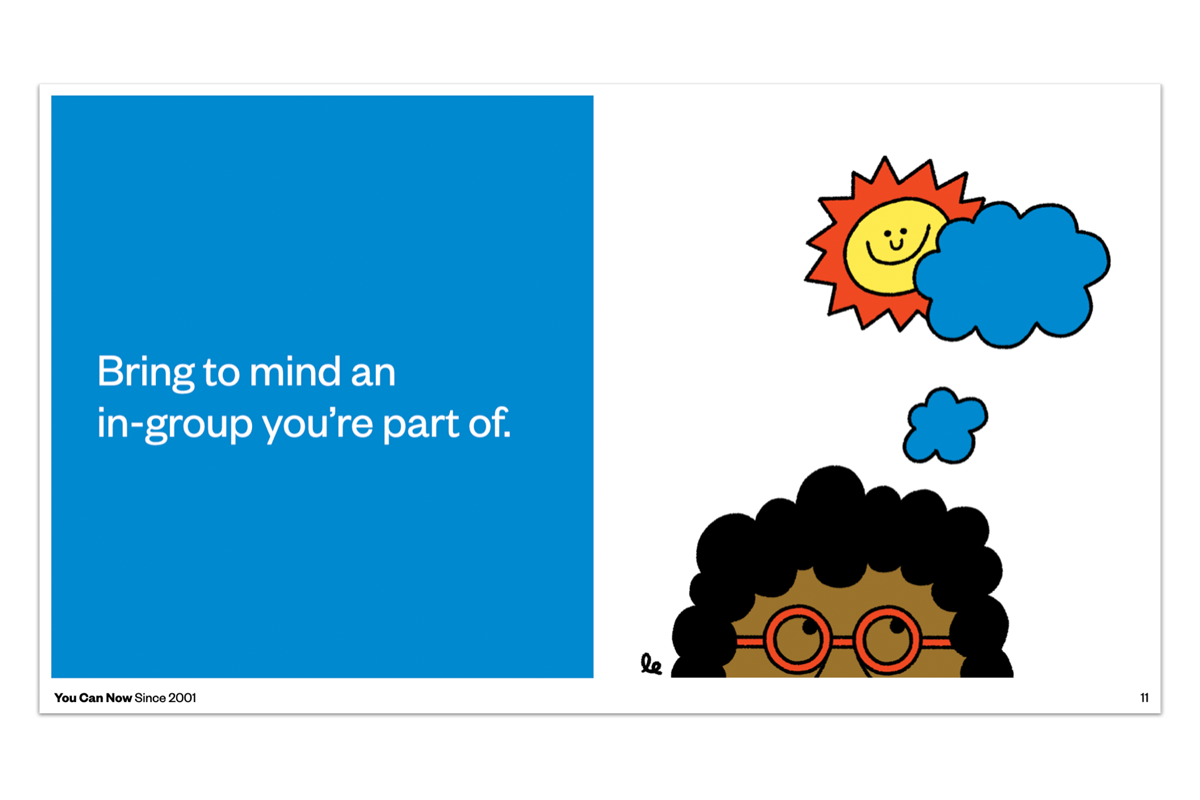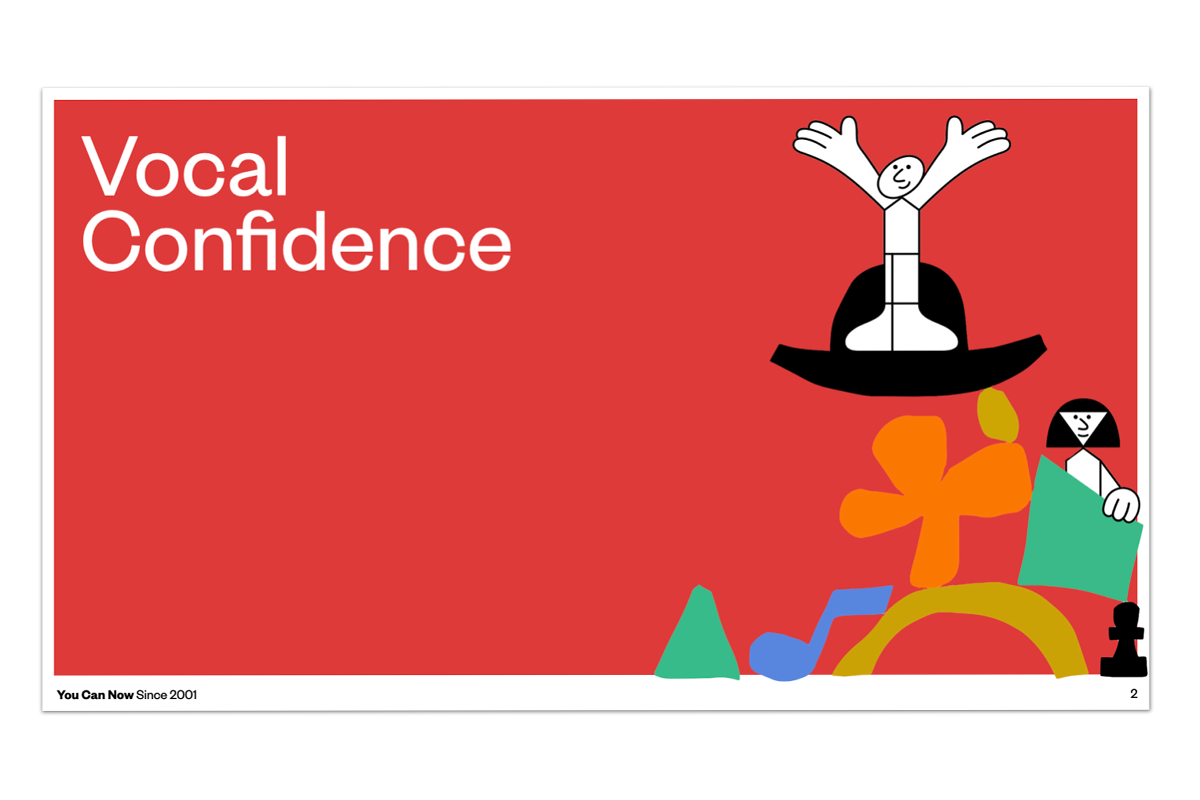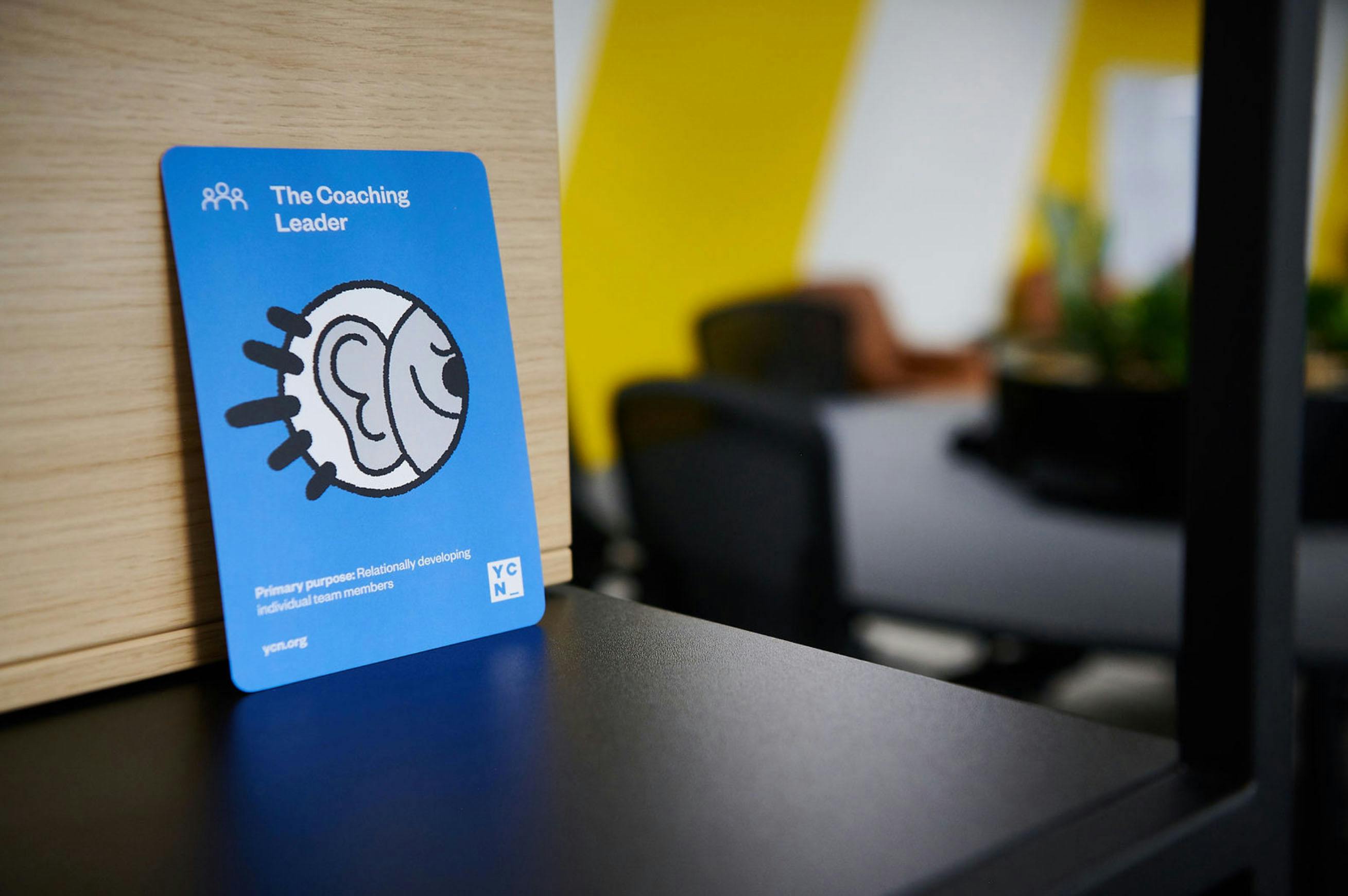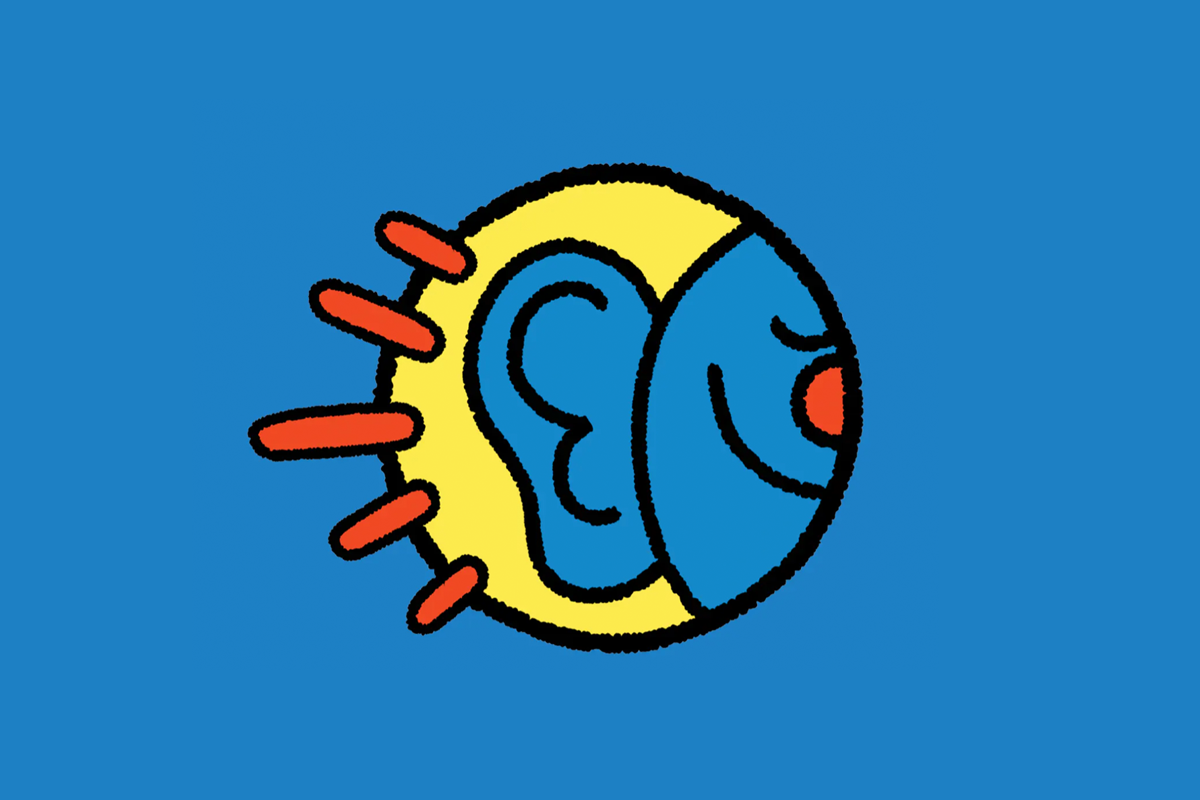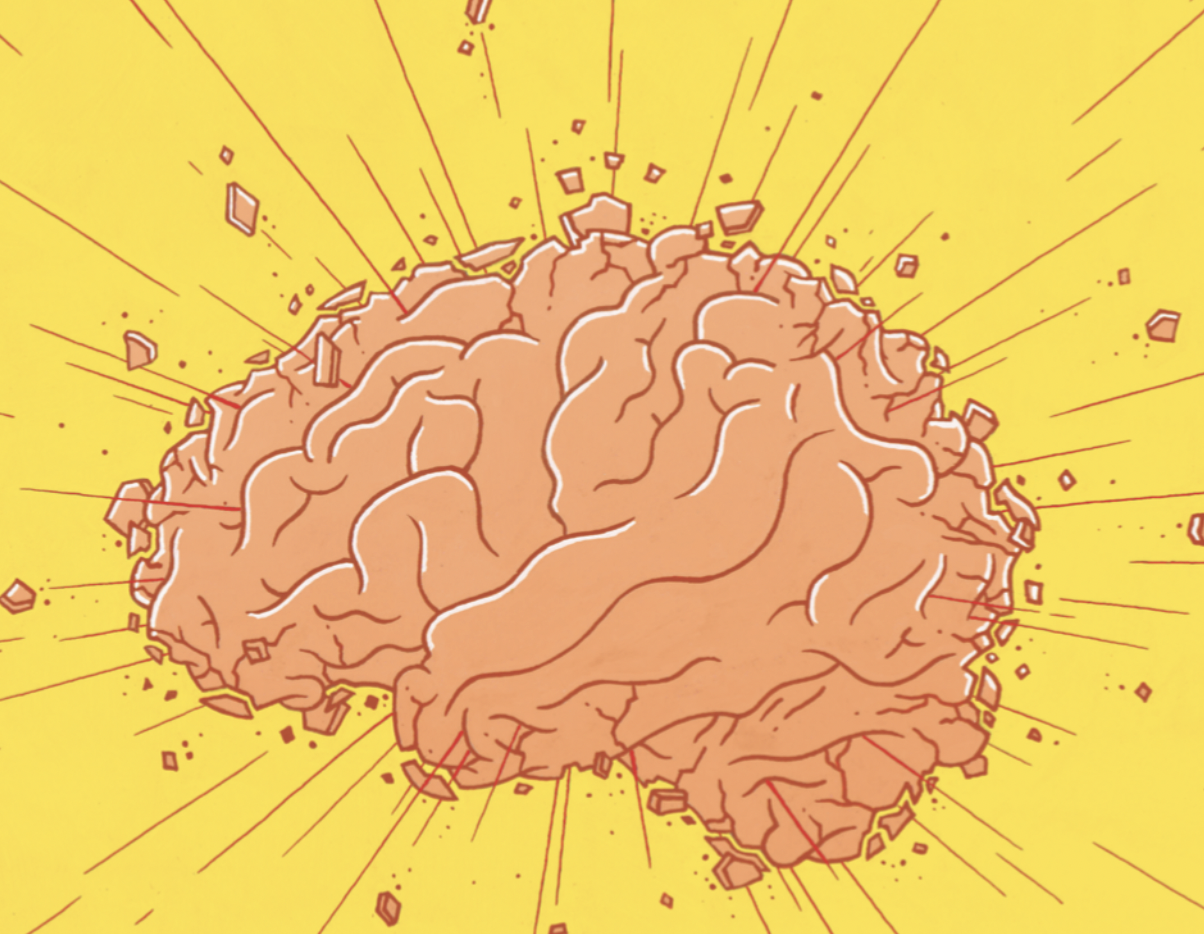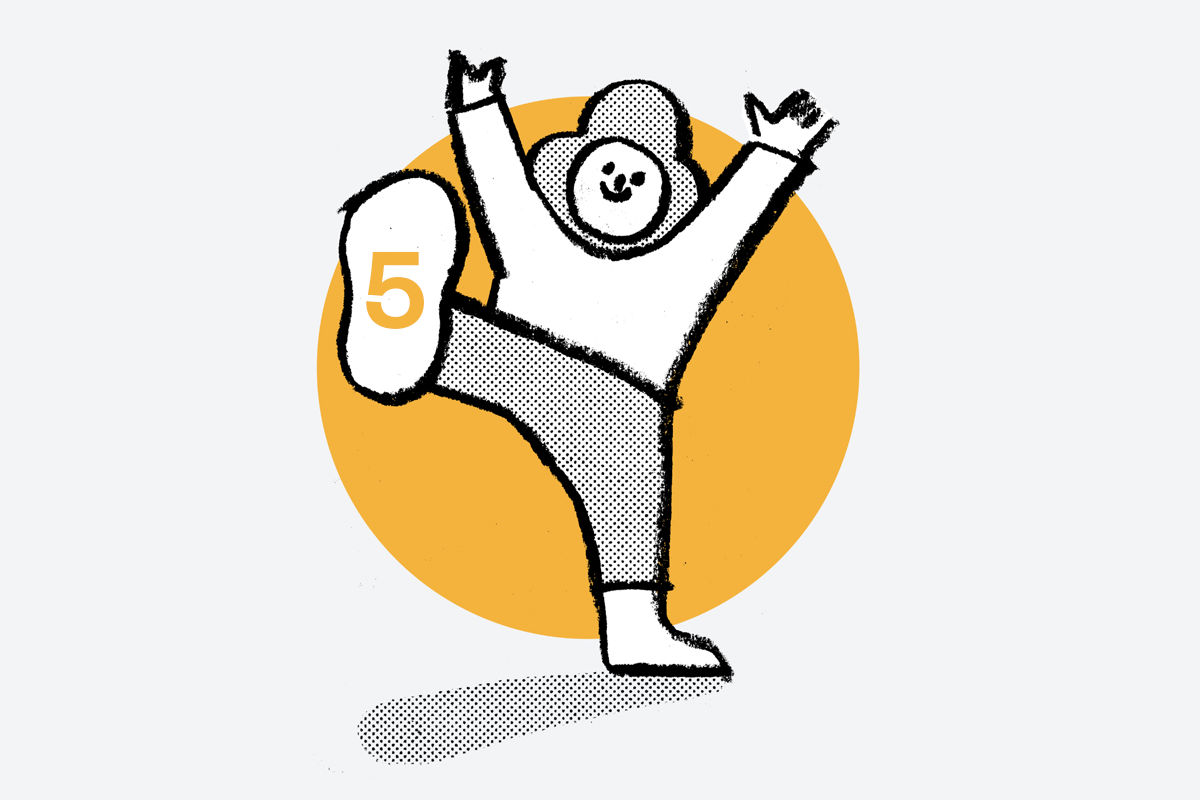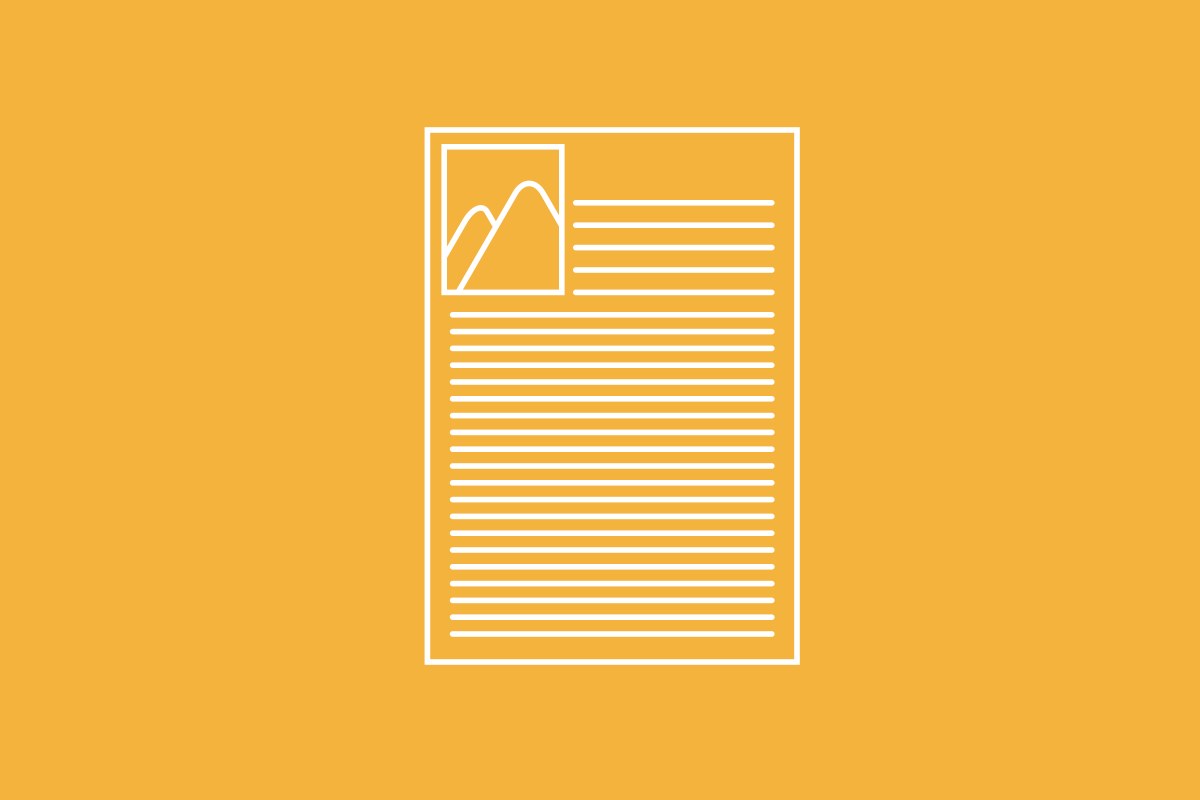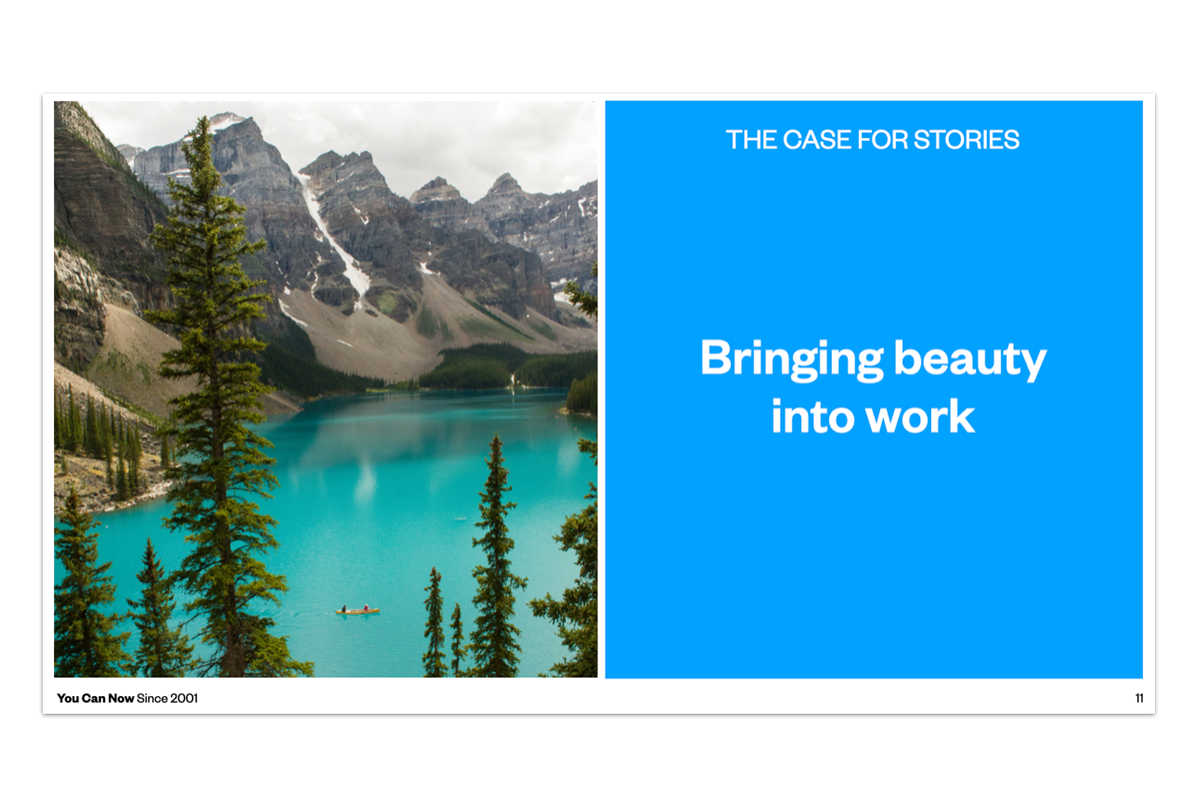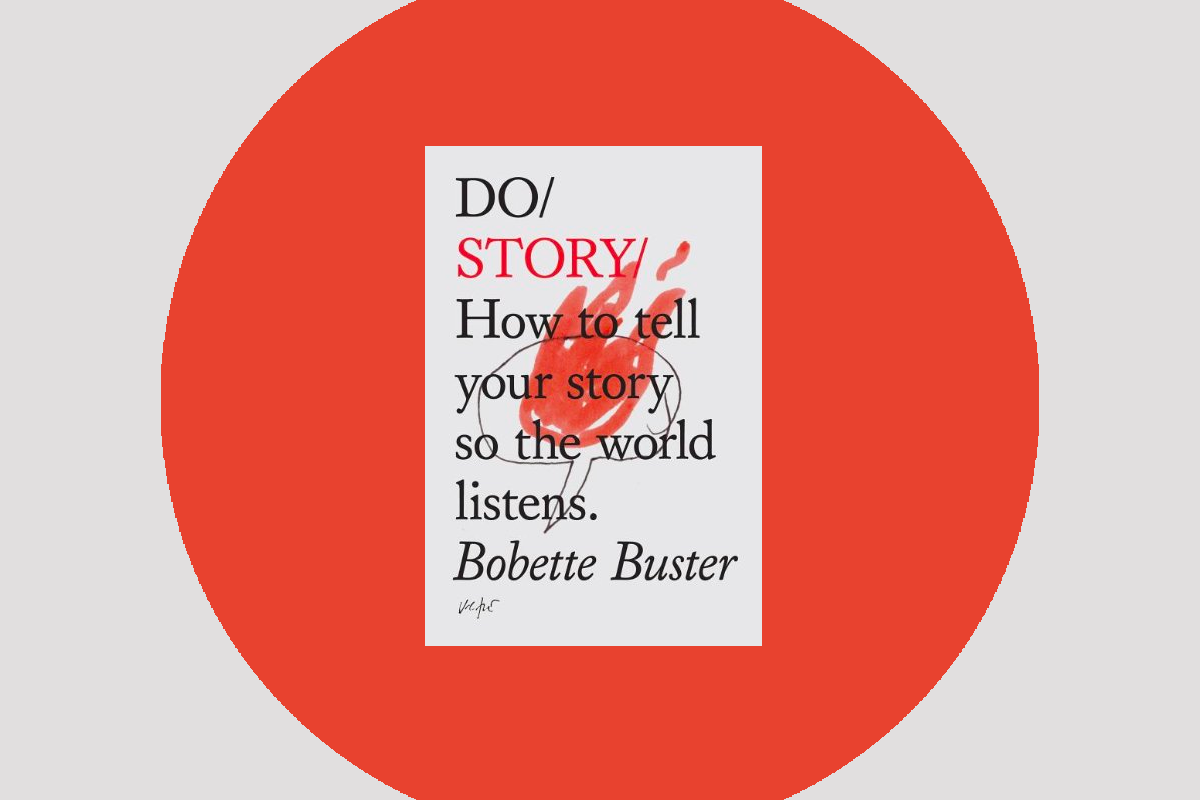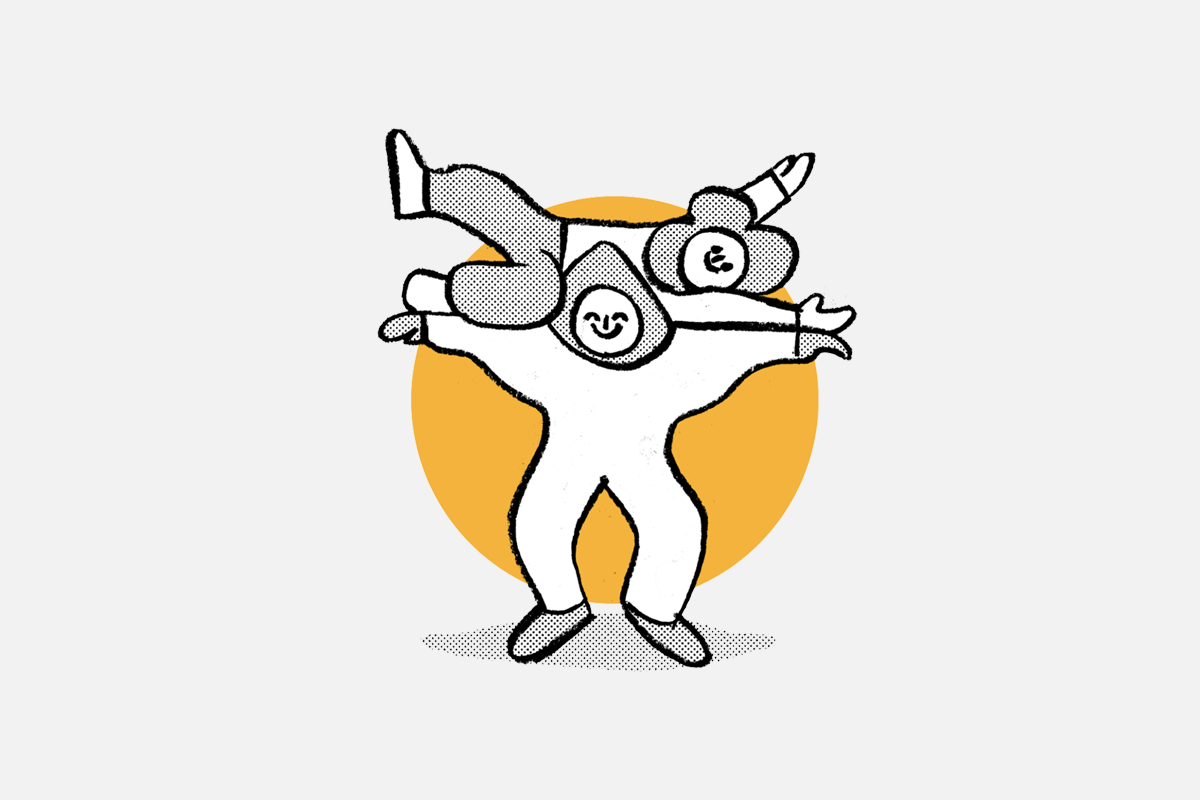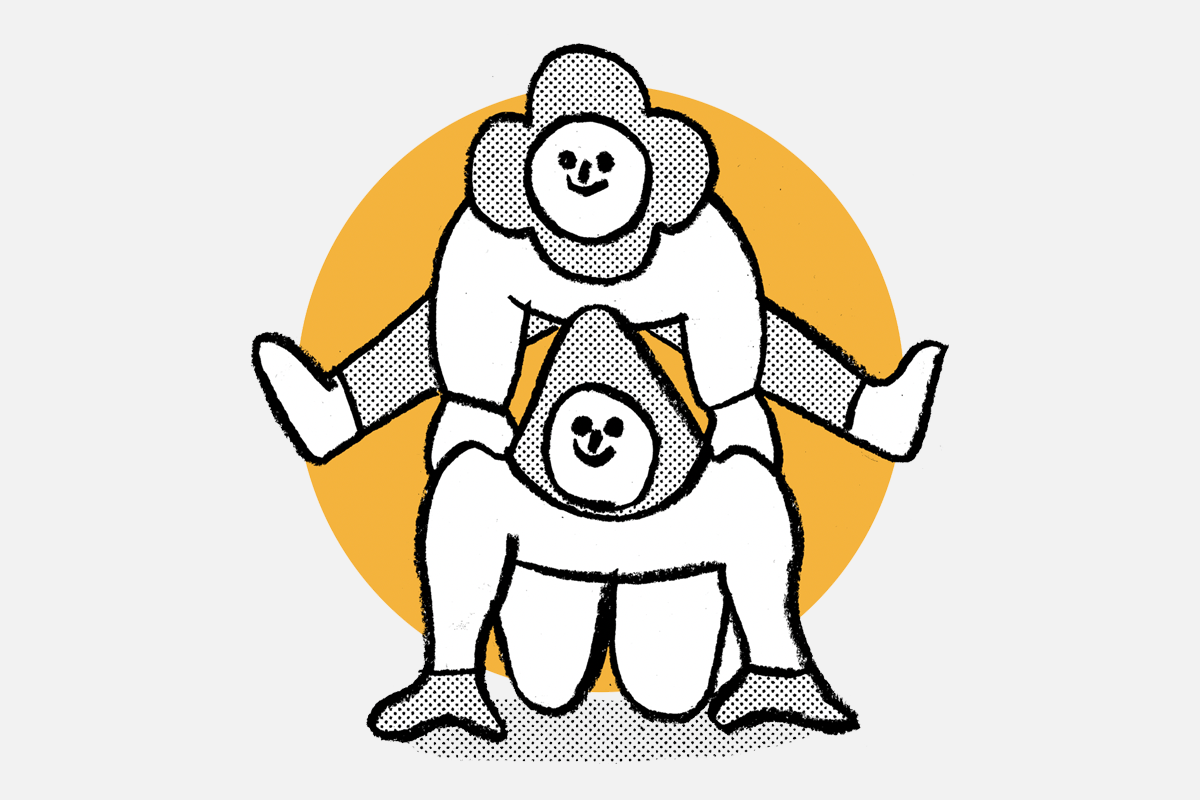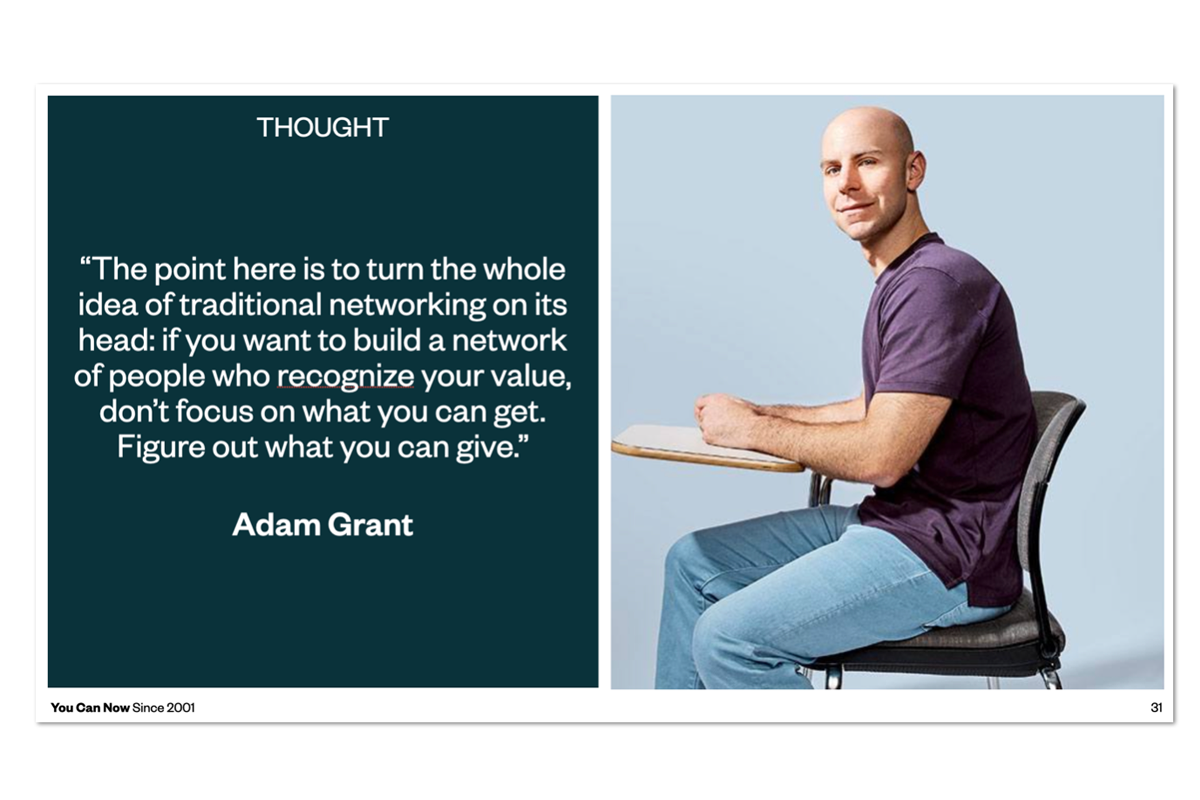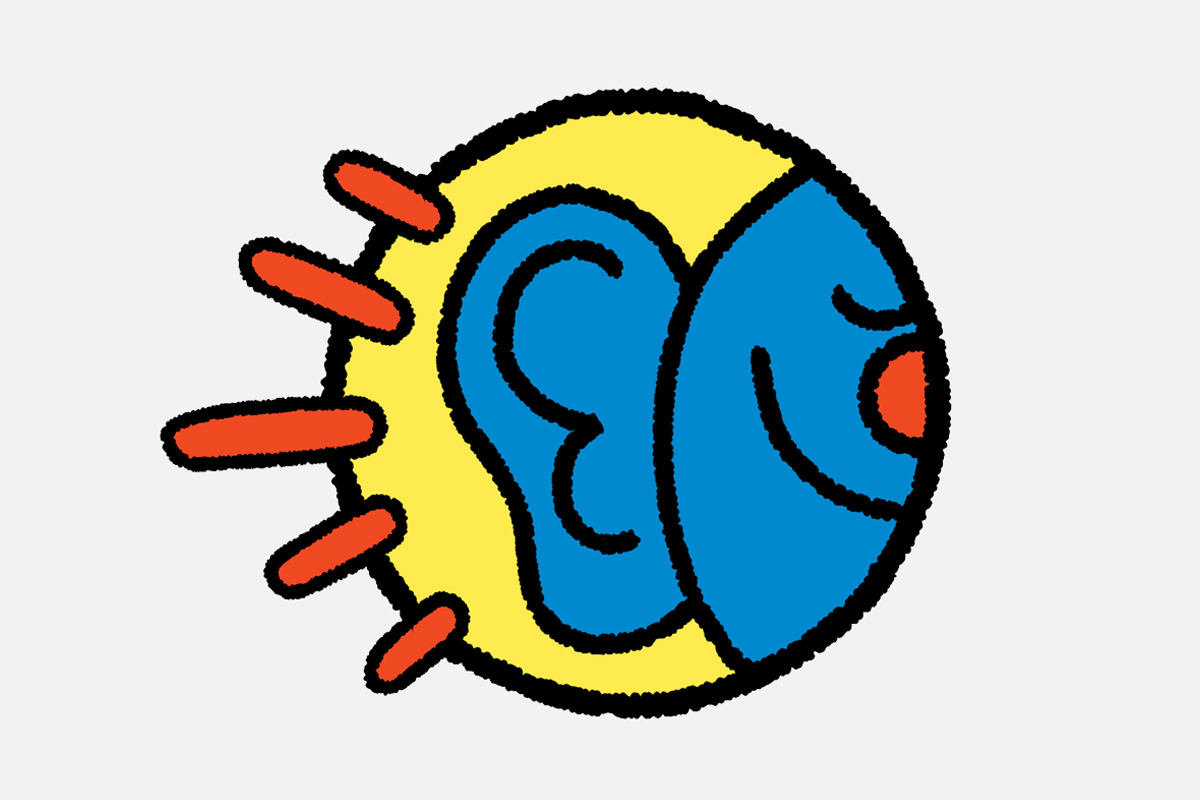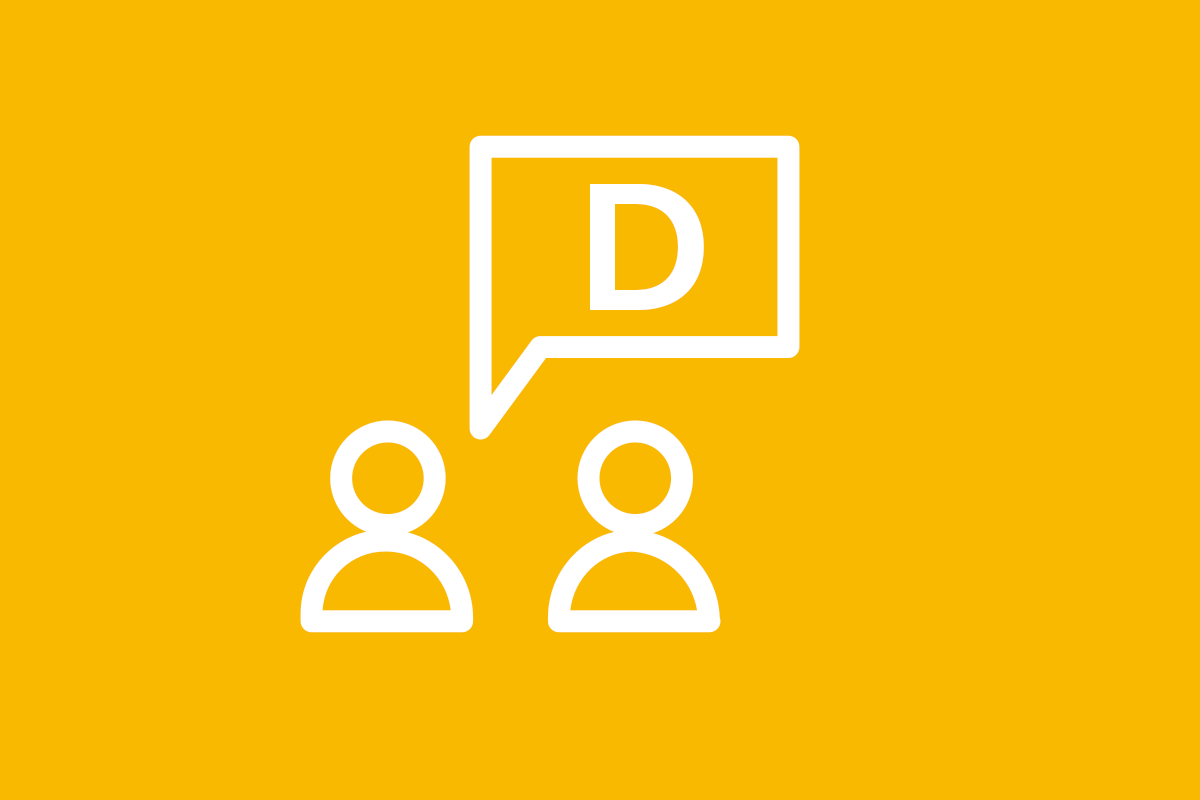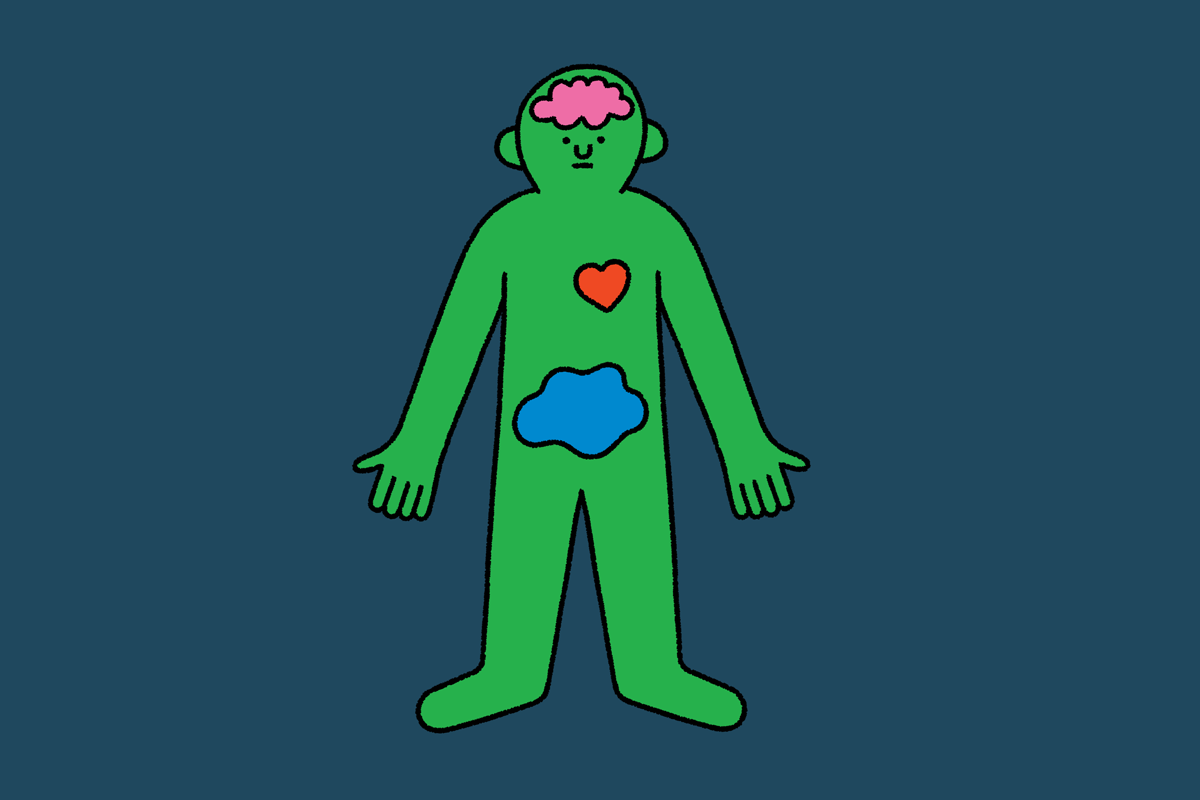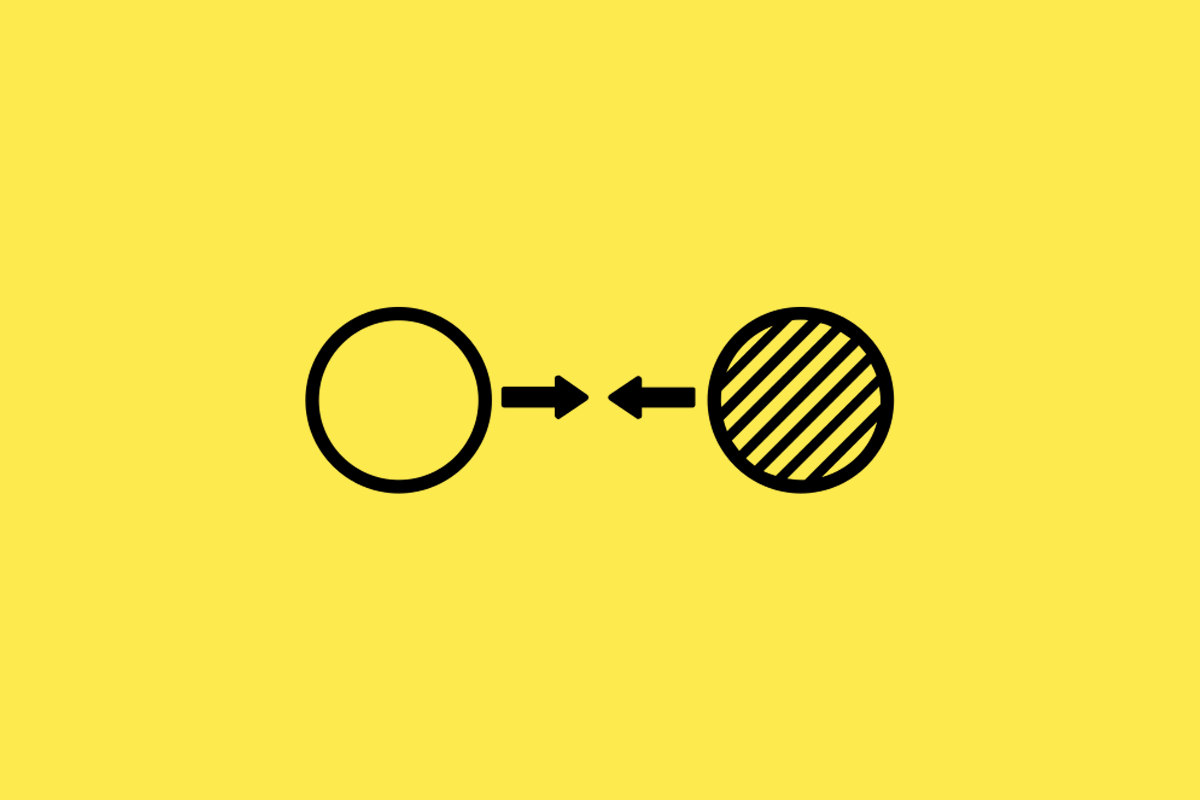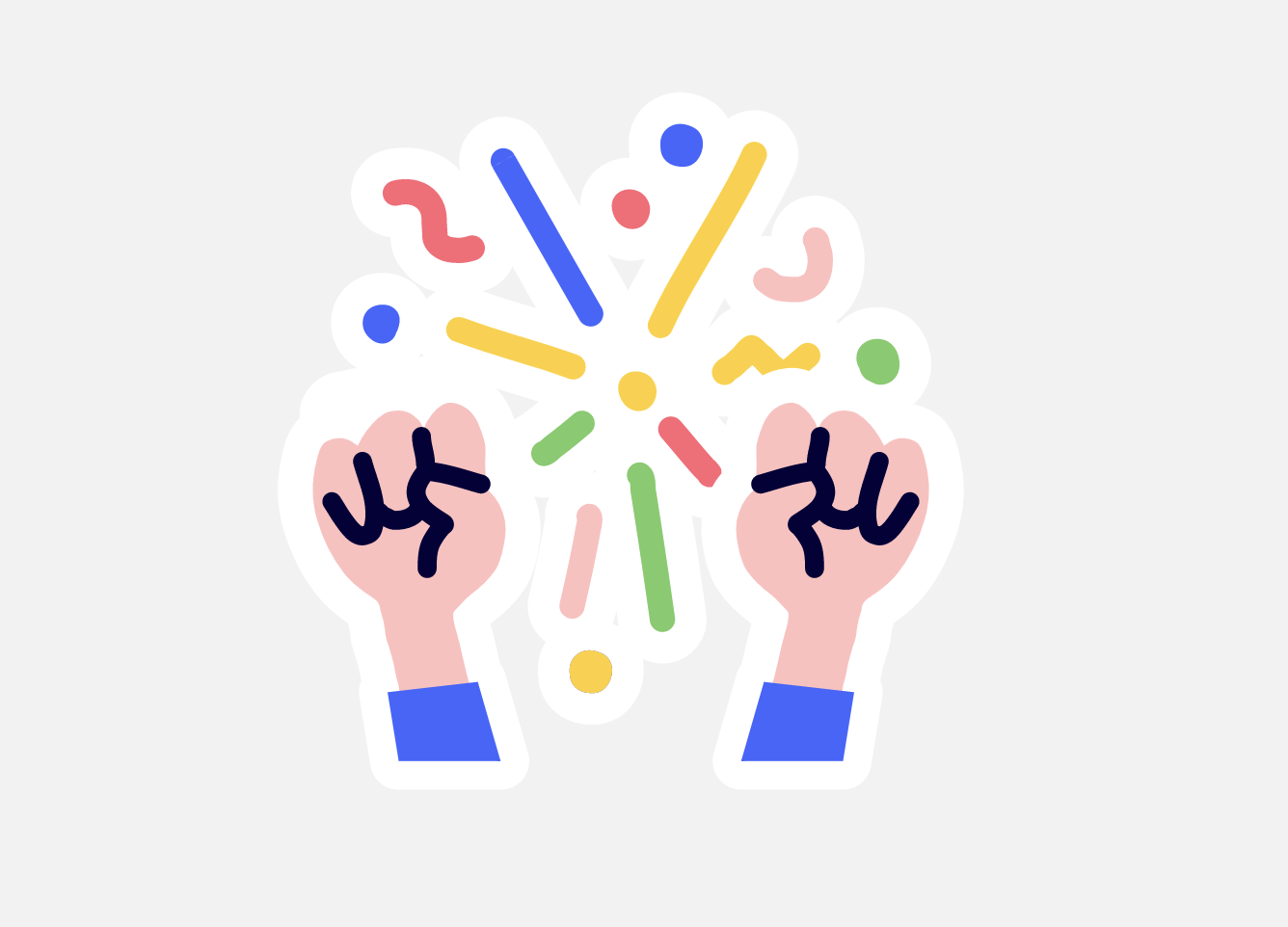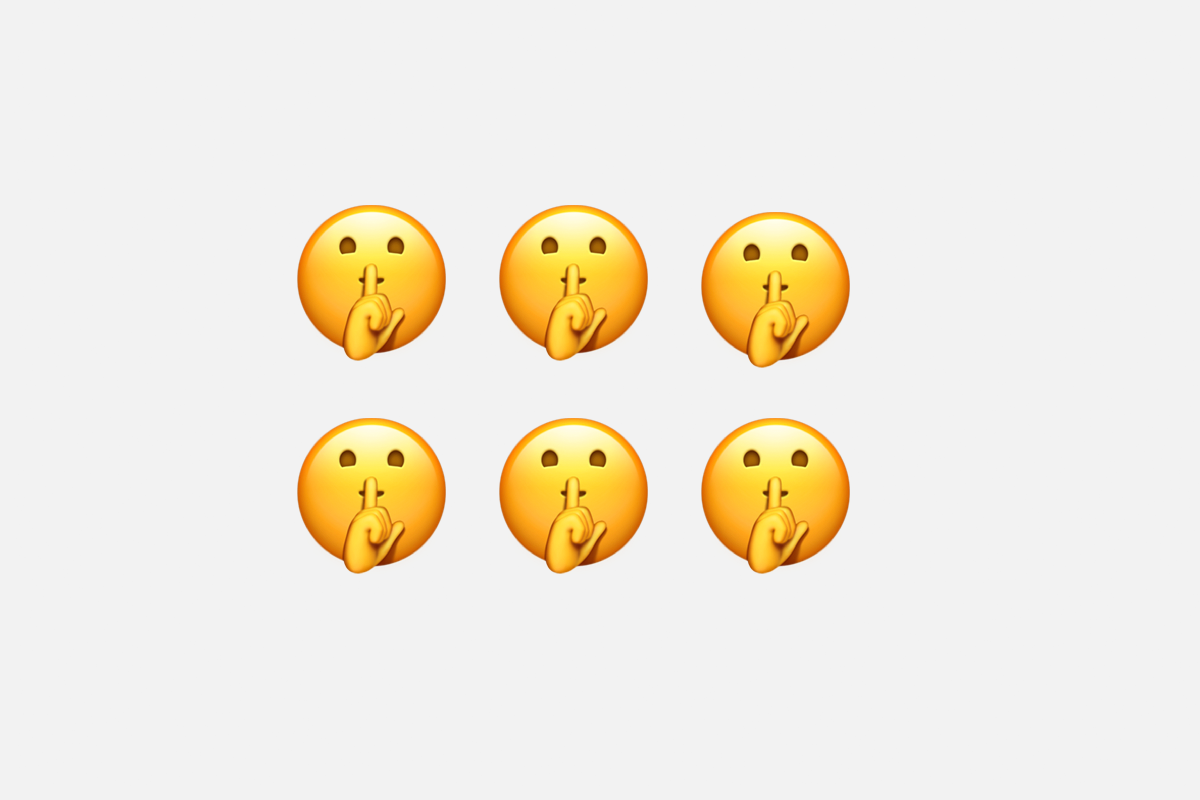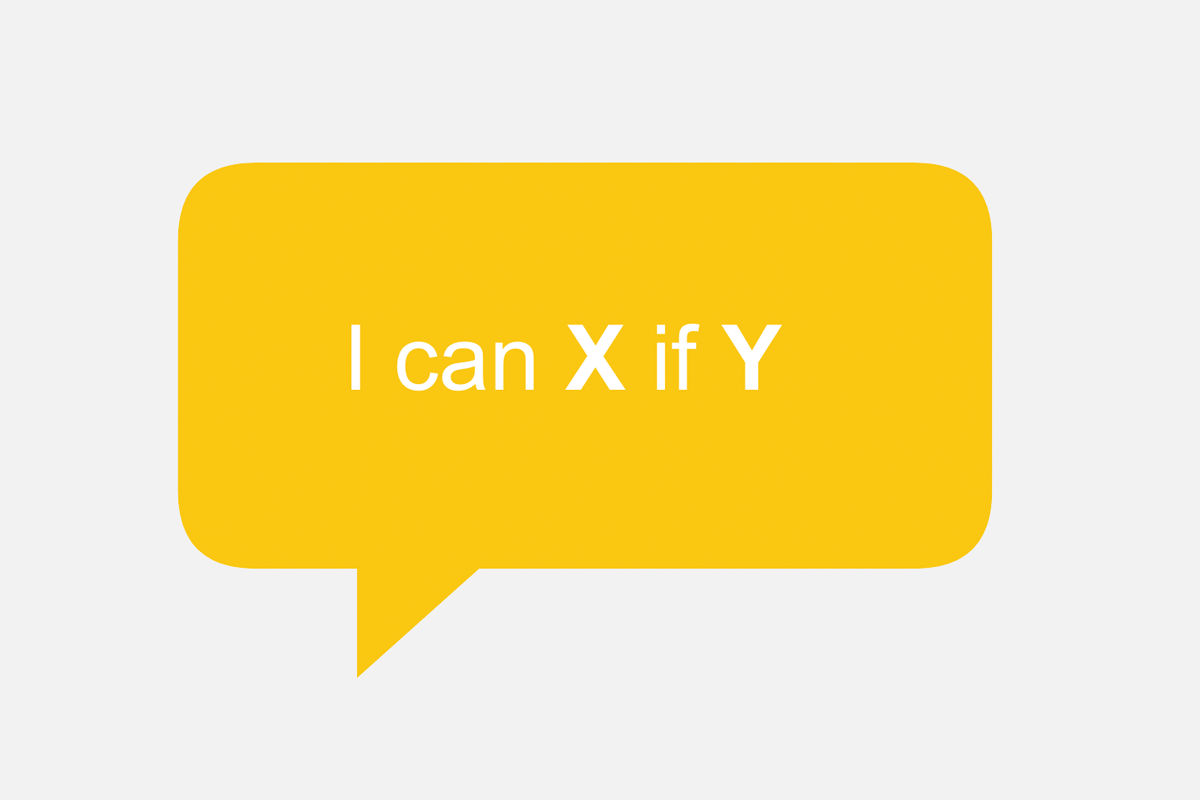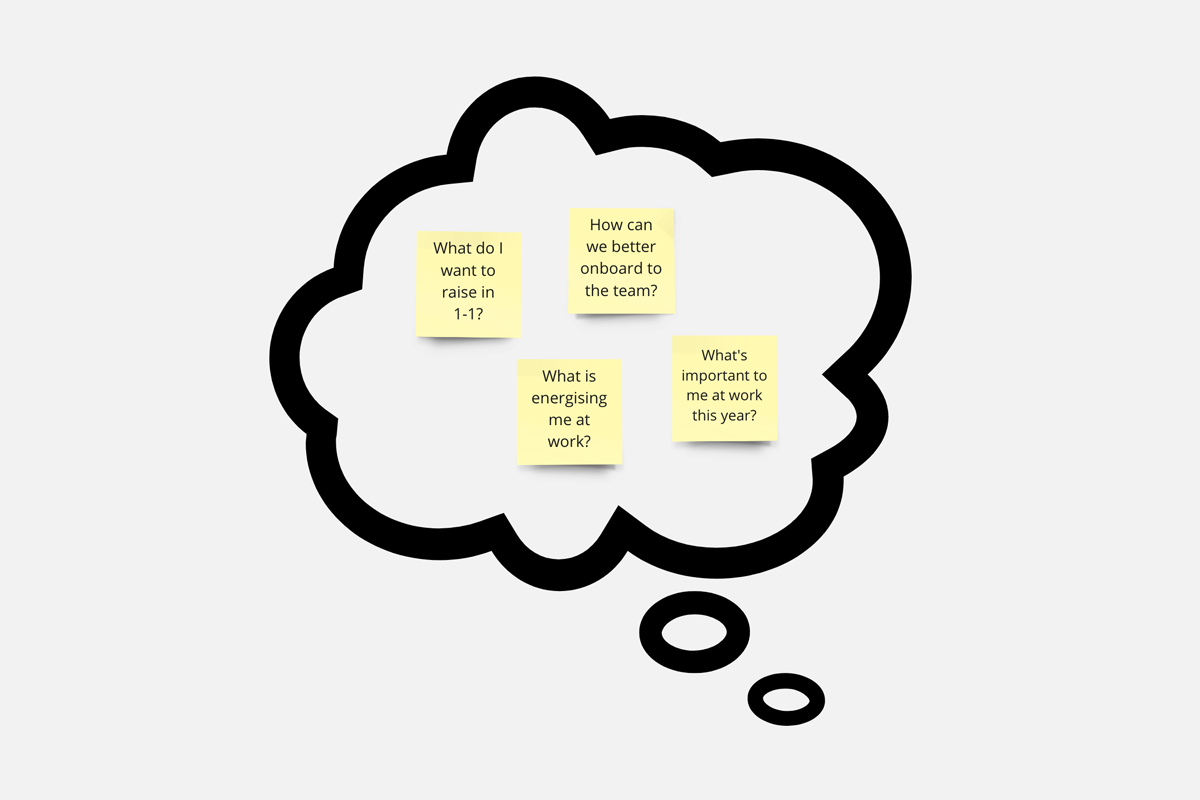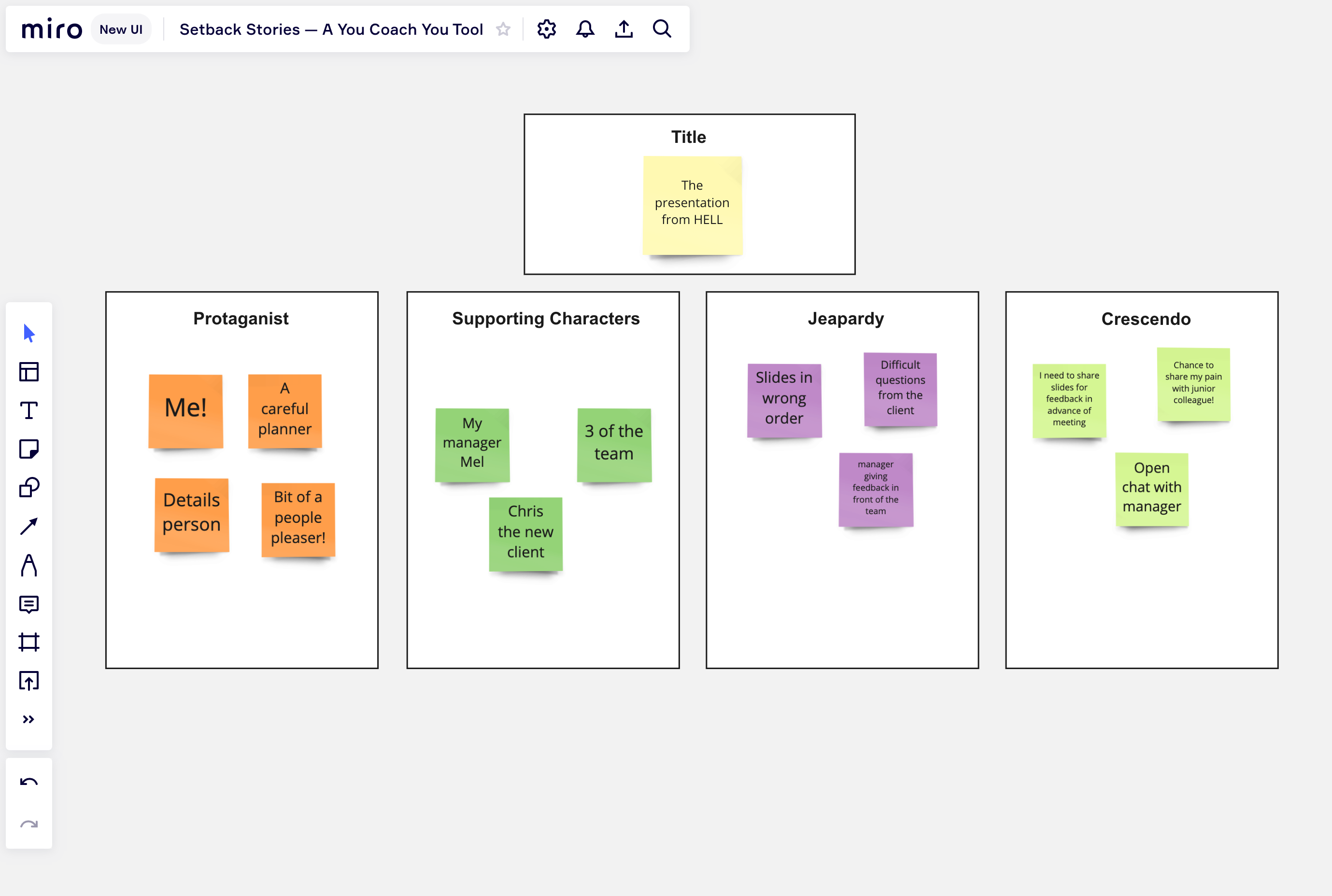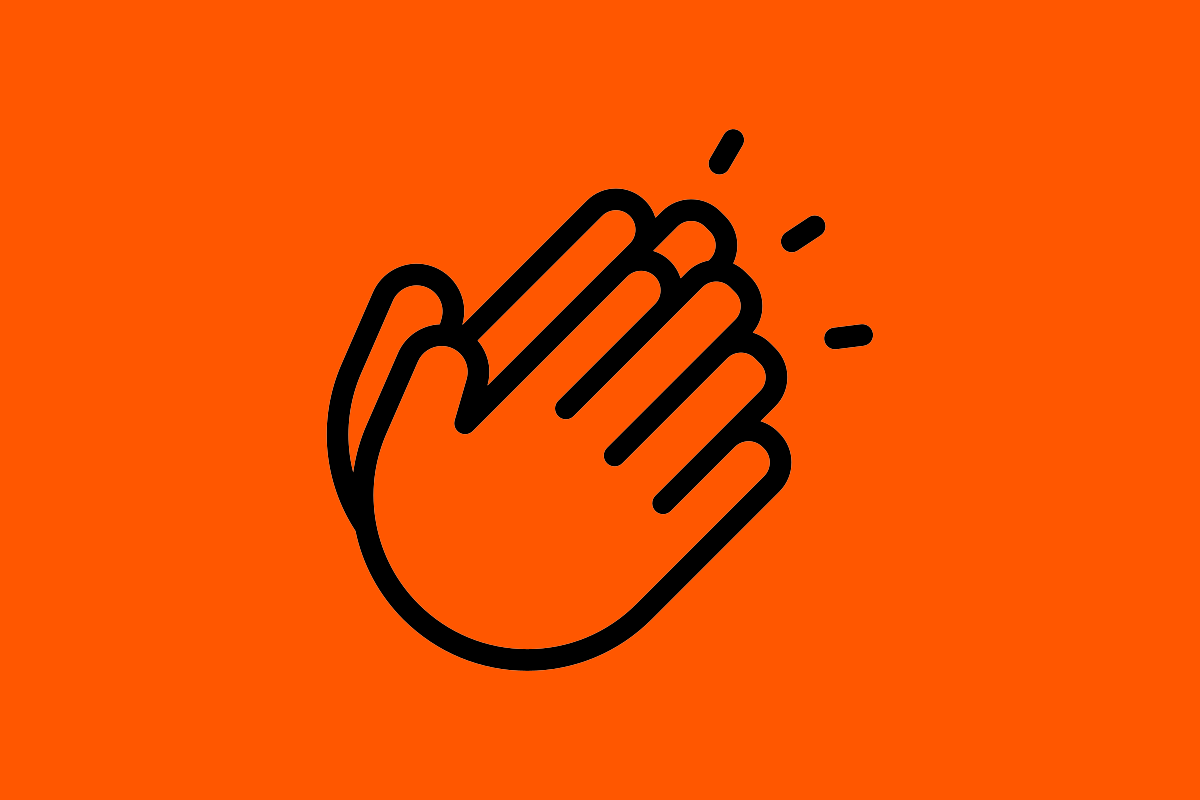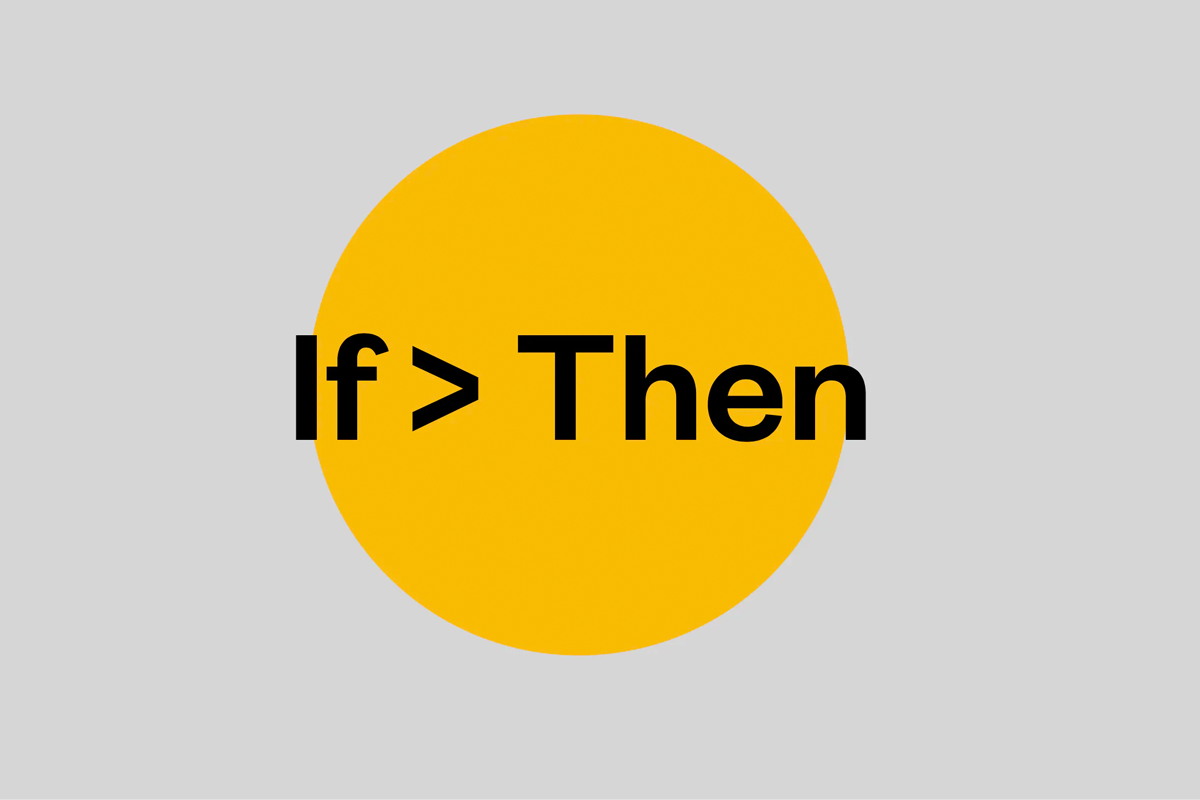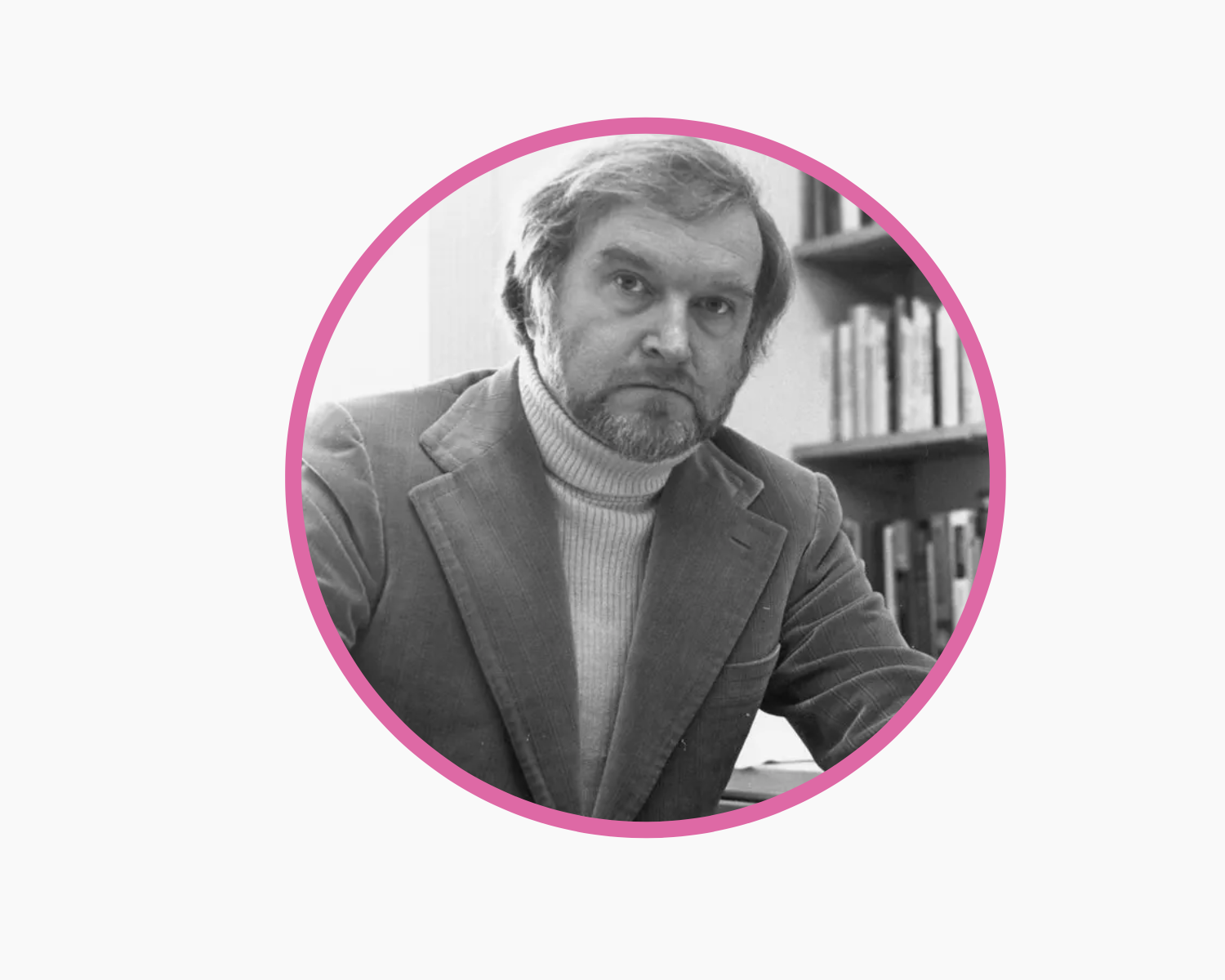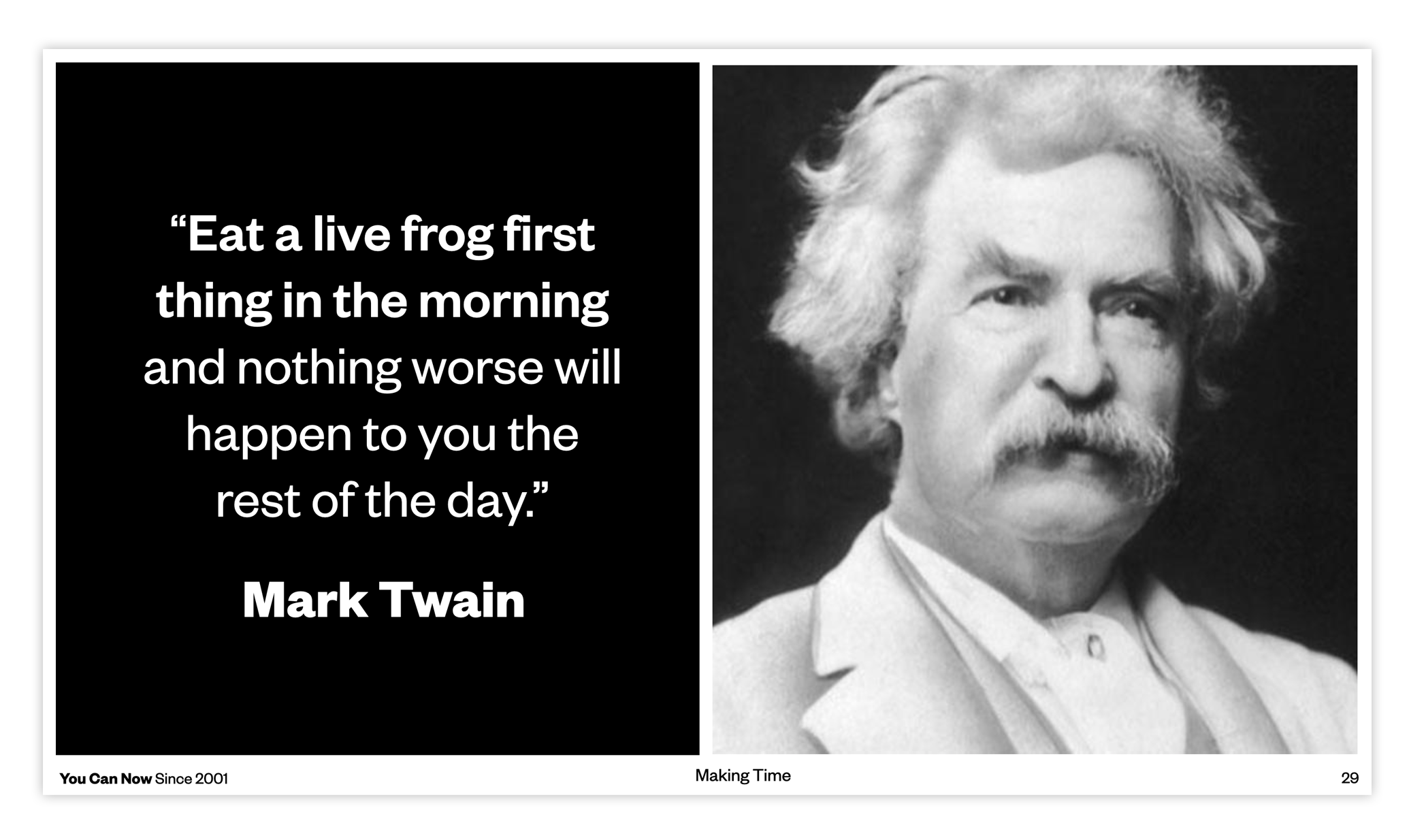For you, new and popular
Experiment with the BRAIN model for confident decision making and problem solving
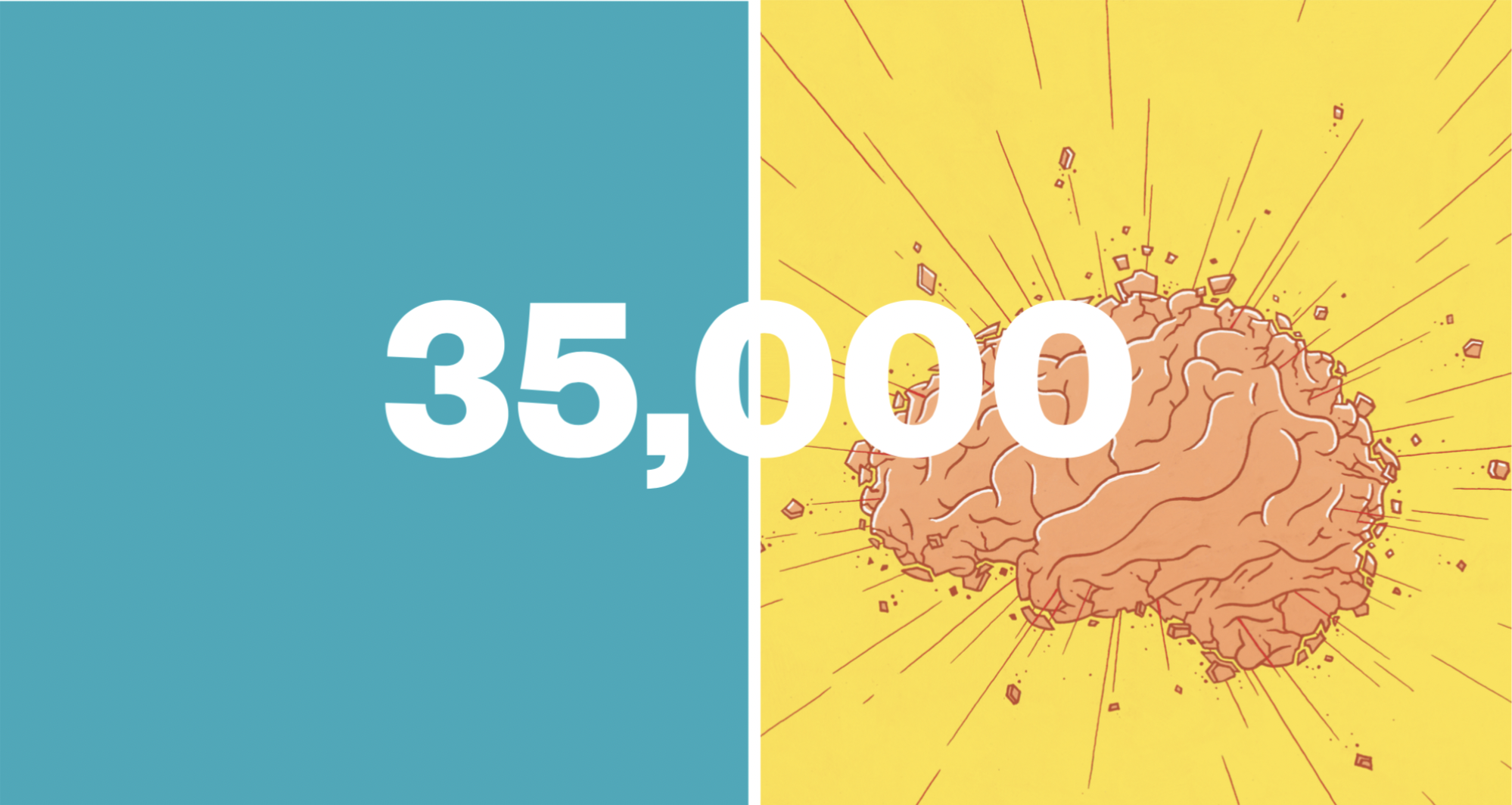
The BRAIN method is a decision making and problem solving framework popularised in the medical profession to give quick, effective support to patients.
And the good news? It can be applied in all kinds of situations. Like Edward de Bono’s Six Thinking Hats (more on that below) the method helps you explore all aspects of a problem while identifying starting points for solutions too.
It begins with a question
As an example, we’ll use: 'should I take the more impressive (but not as well paid) role I’ve been offered at a new organisation?'
And we'll now work through the sequence of steps below (Benefits > Risks > Alternatives > Intuition > Nothing / Need time) to help reveal insights and opportunities that we may have overlooked.
What are the benefits to you? If you decided to take action, what are the positives?
For the example above, the benefits might be - It could open a lot of doors for my career. I’d meet really experienced people who could help me learn and grow beyond what I think is capable. And, if it’s not the right fit, it would still stand me in good stead when applying to a new organisation.
What risks are involved? For you? For others?
For the example above, the risks might be - A lower salary could do a lot of damage to me economically. And leaving right now, in the middle of a big assignment, could mean burning bridges that I don’t want to burn.
What creative solutions can you see? What other approaches can you consider?
For the example above, the alternatives might be - I could ask the new organisation for a higher salary, or use my careers network to spread some feelers for similar new roles with better pay. I’m interested in the career growth the new role offers, but I could use the money I’d save staying in this role to invest in a coach or mentor.
What is your gut saying about all this?
For the example above, the intuition might be - I’d feel disappointed in myself if I took a lower paid role, especially after all the personal and professional growth I’ve made to reach this point.
What would happen if you took no action? Do you need time for more information, or simply to mull things over? Do you have that time?
For the example above, the answer might be - Doing nothing now, after I’ve been offered the job, would be rude, and they’d certainly give it to someone else. So I’ve got to take action. I’m going to inquire about a higher salary and, if they say no, I’m going to politely decline.
Simple, and easy to try
The simplicity and flexibility of the BRAIN method means it can be used for any problem; personal, professional, managerial, anything. Take it for a spin the next time you feel stuck on a decision or problem to super-charge your solution finding.
Keen to learn more?
Build your resilience reserves and find a way forward with the Clarity Clap.
Try Edward de Bono’s Six Thinking Hats; another great problem solving tool. Better yet, sign up to our Six Thinking Hats workshop to experiment yourself.
Find upcoming dates for our Decision Lab workshop here.






